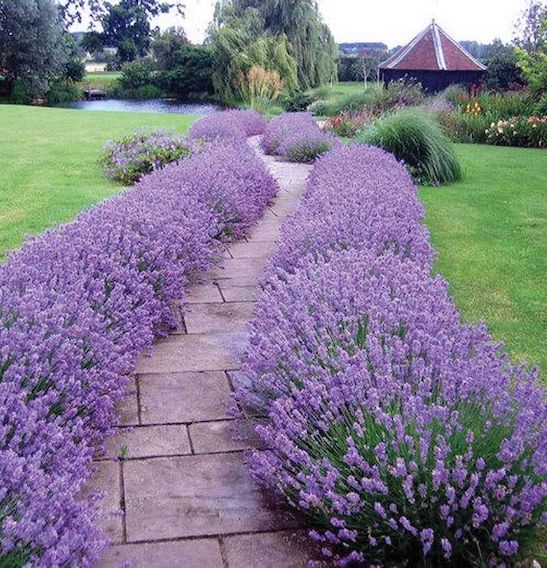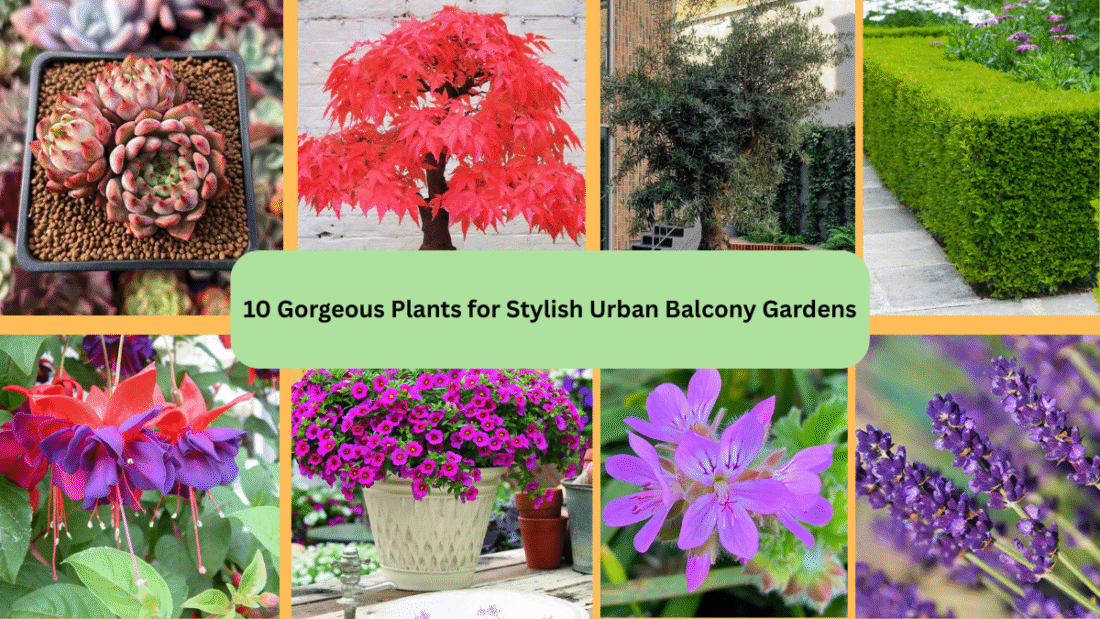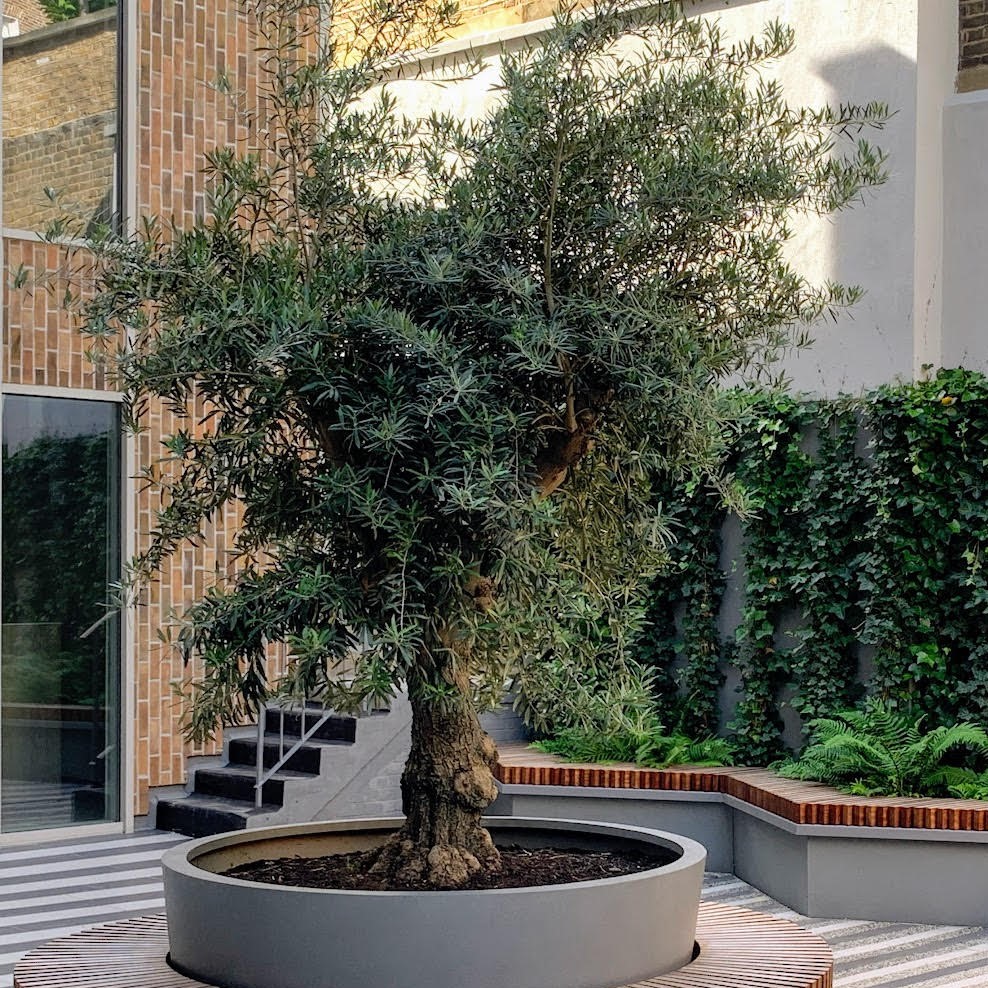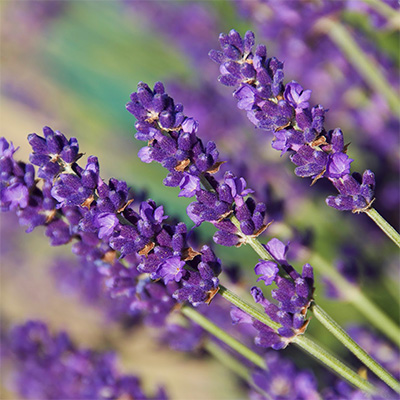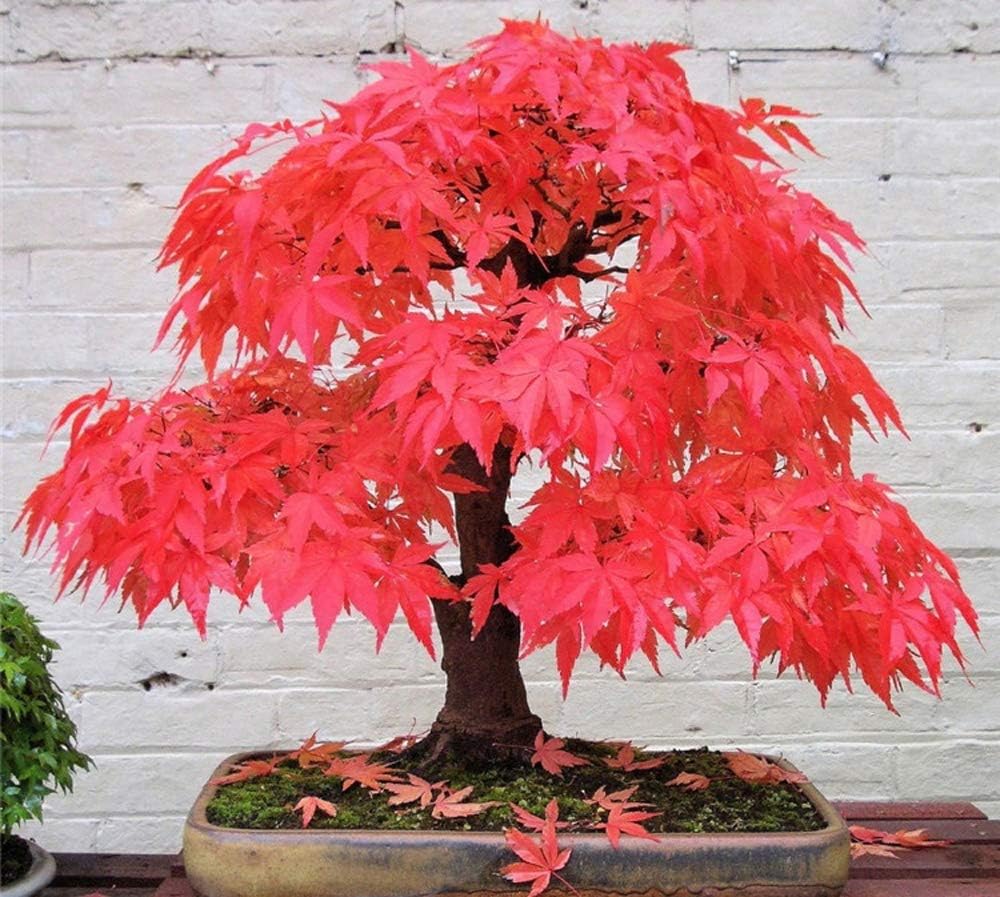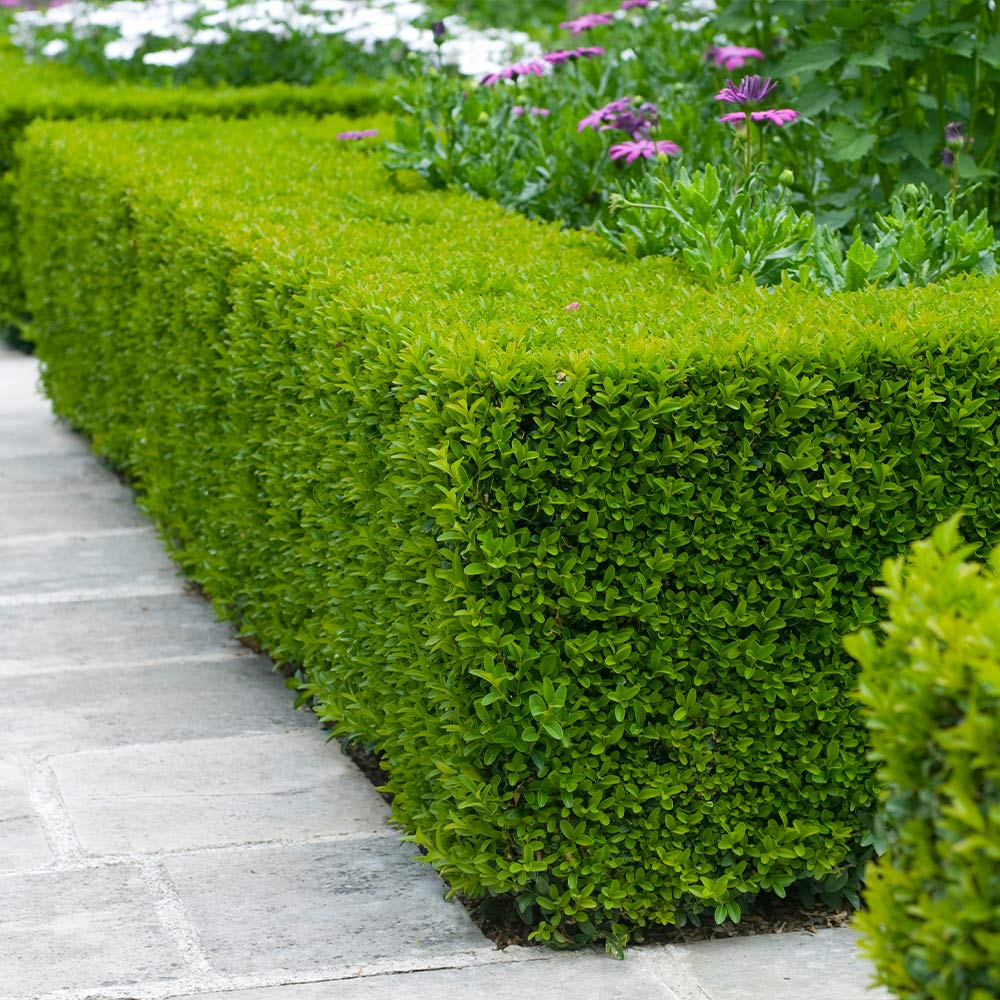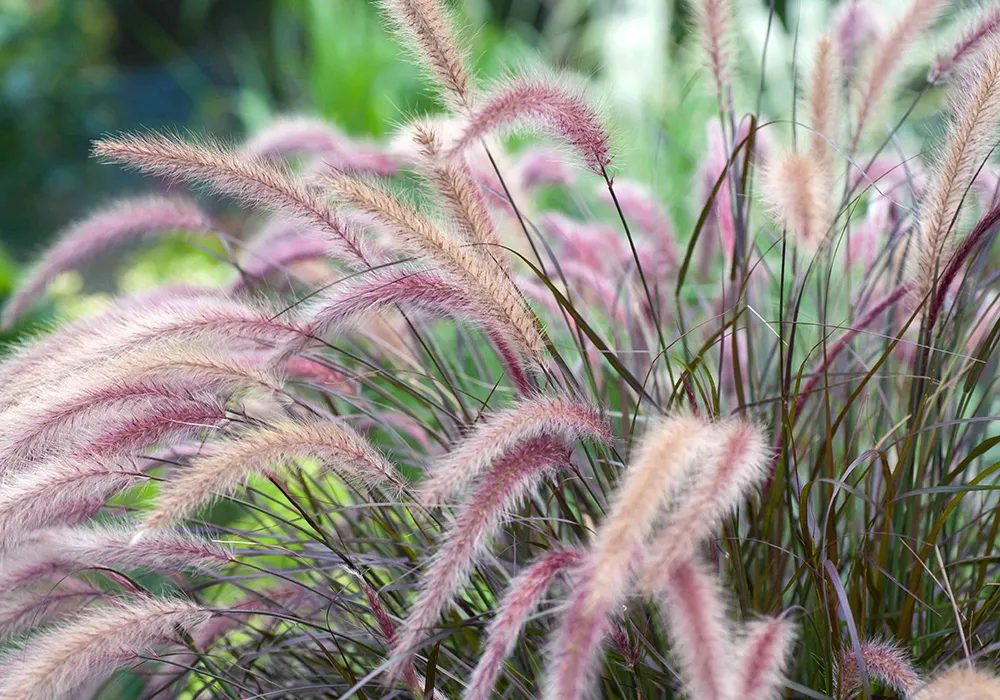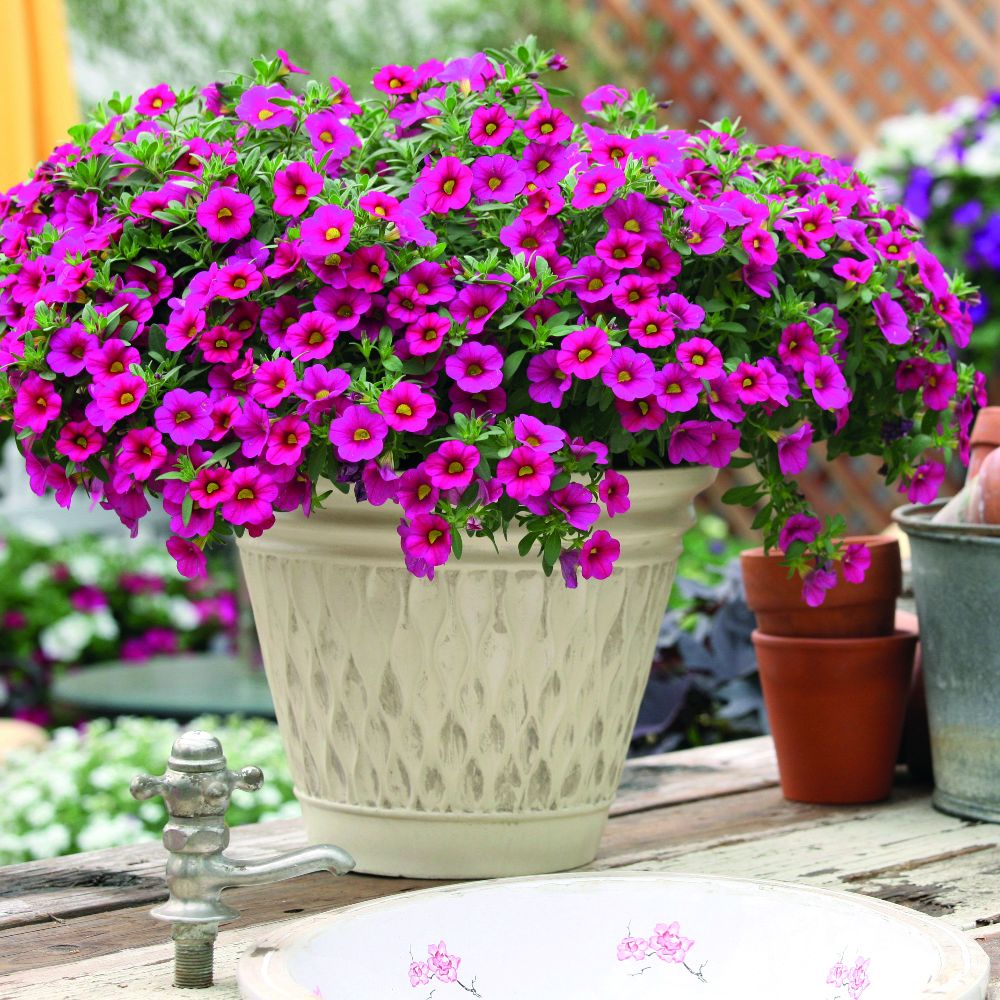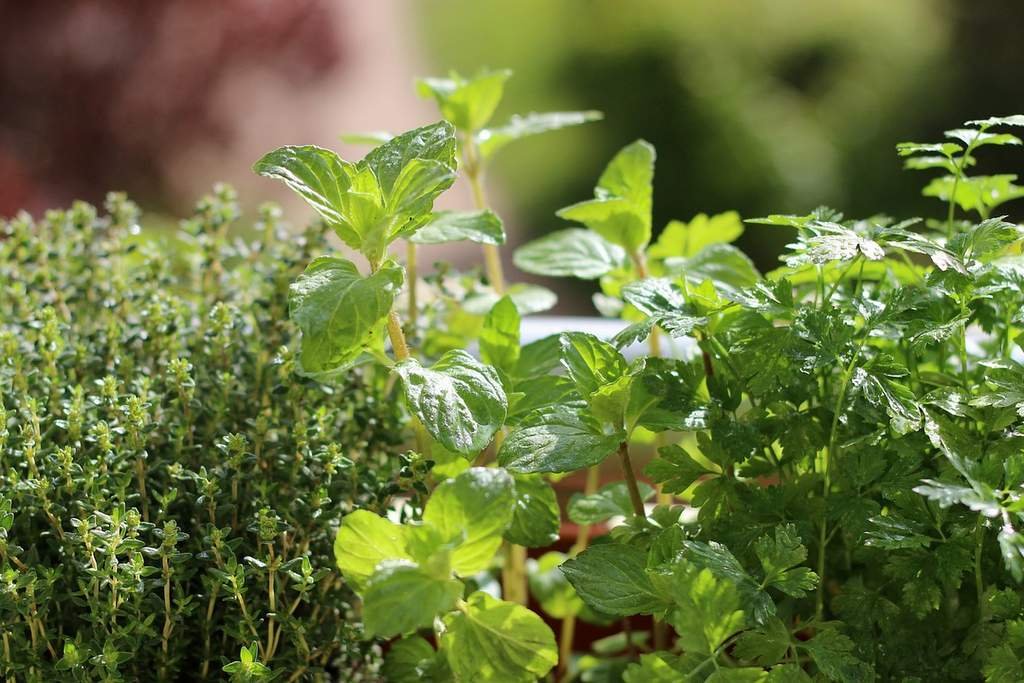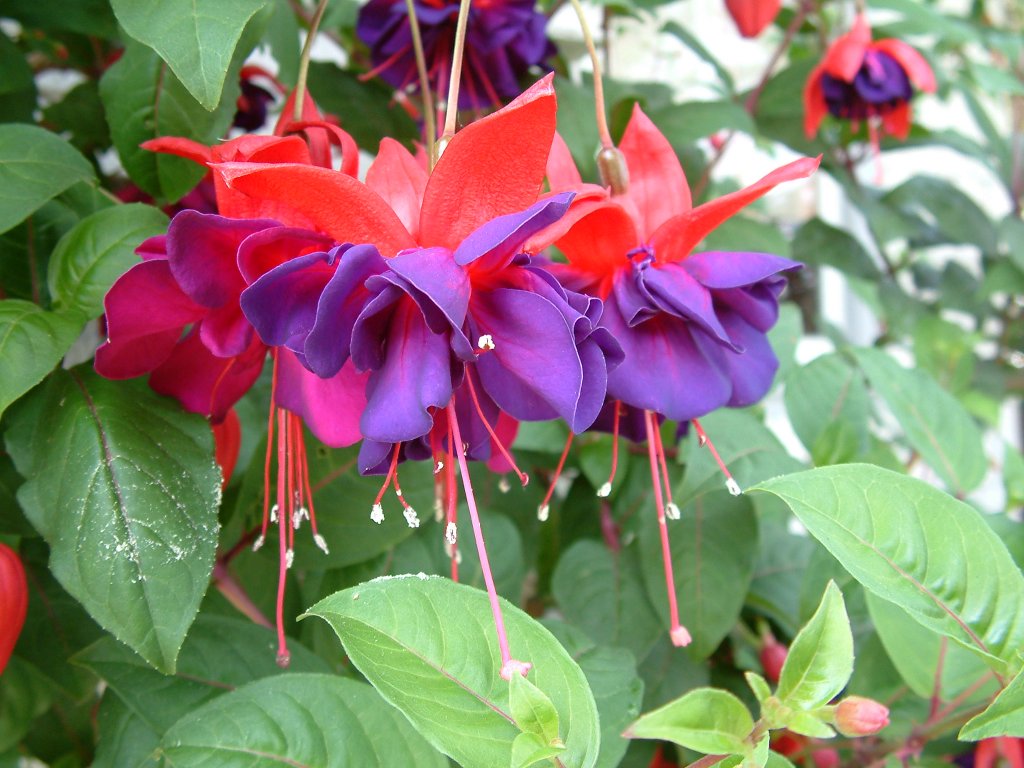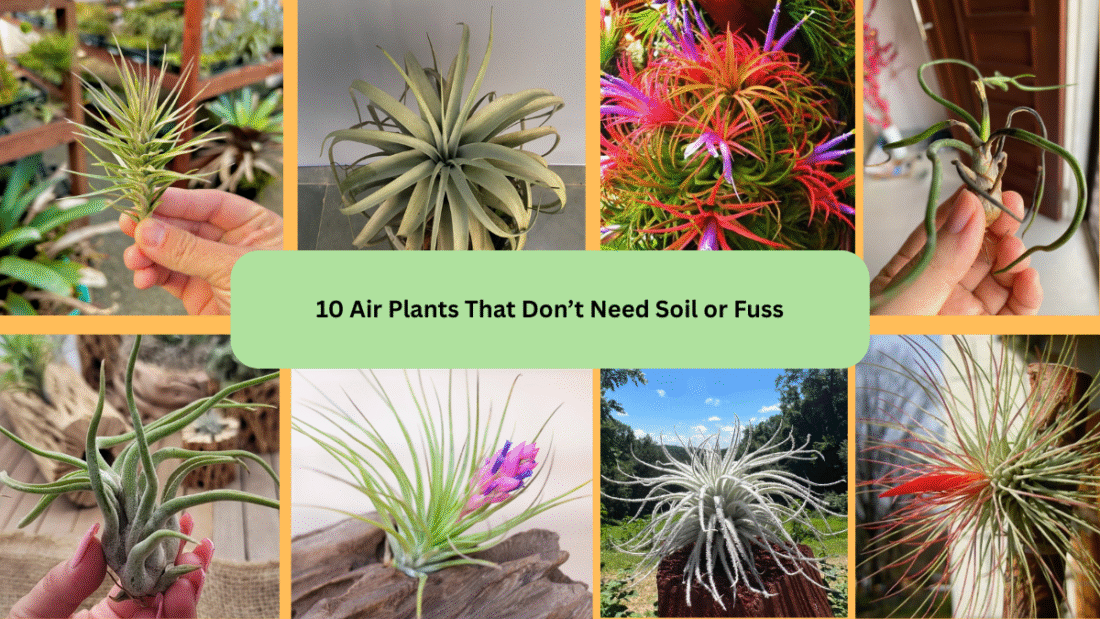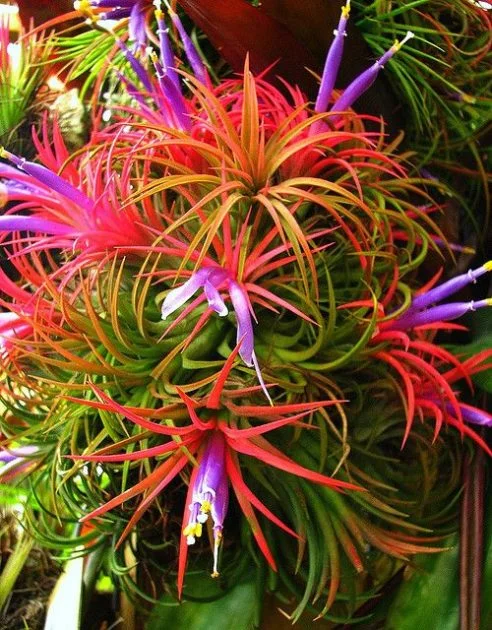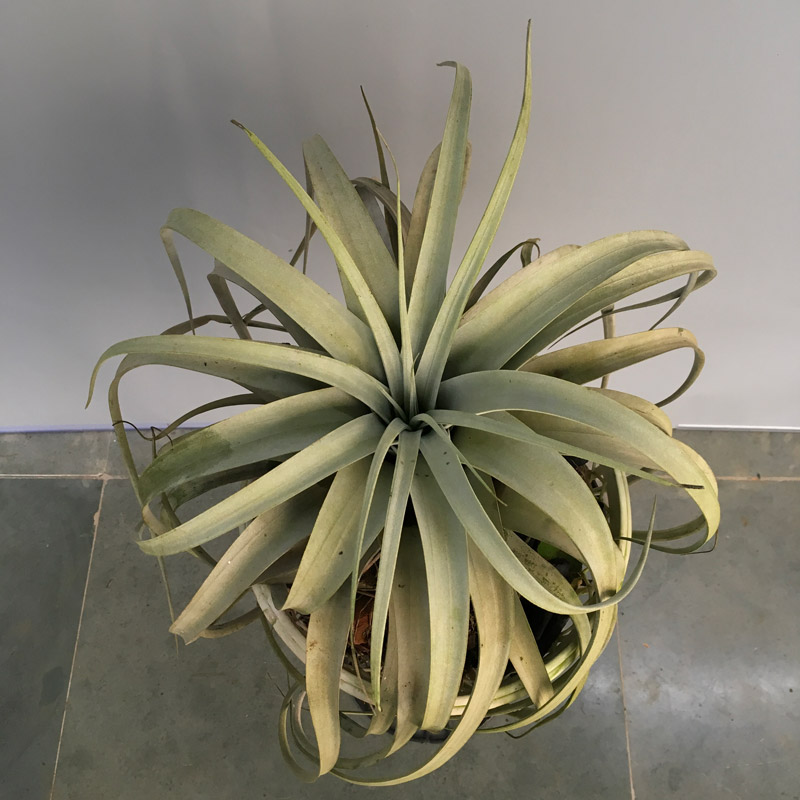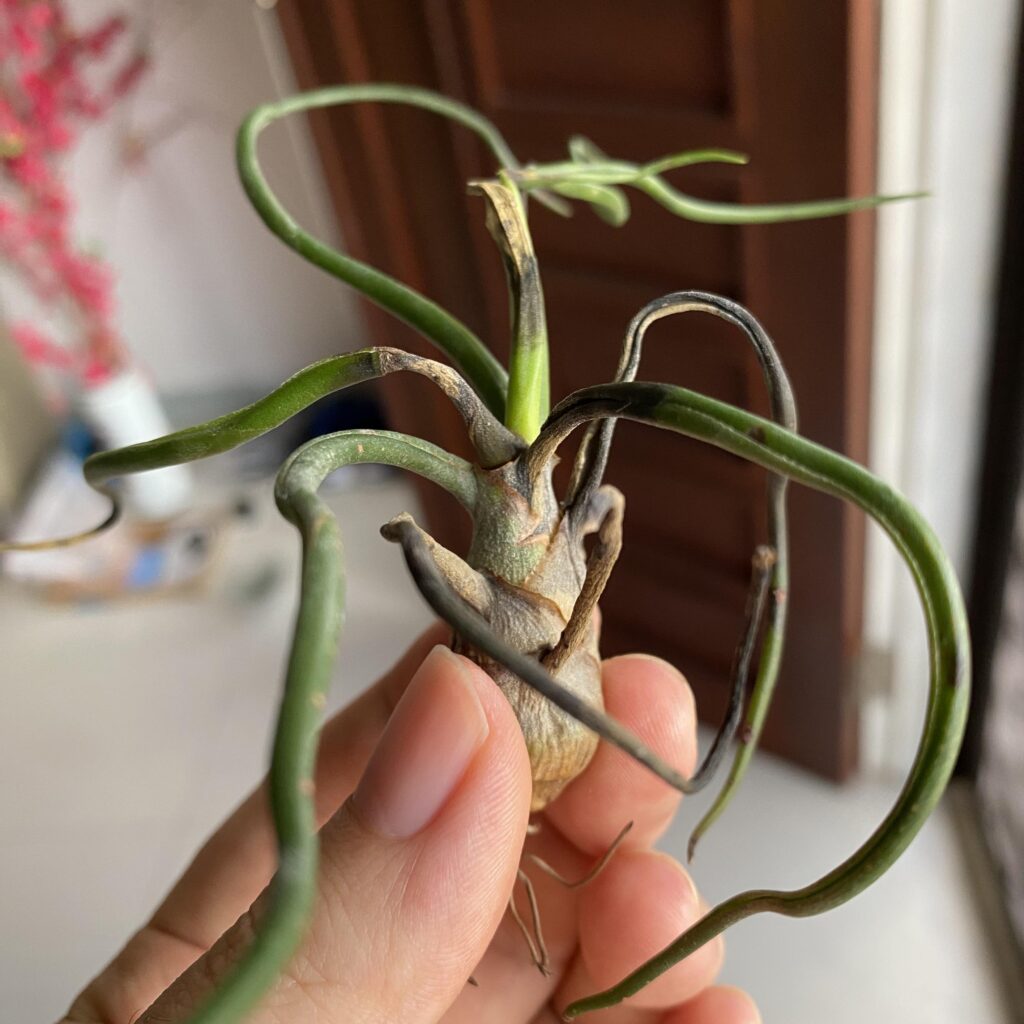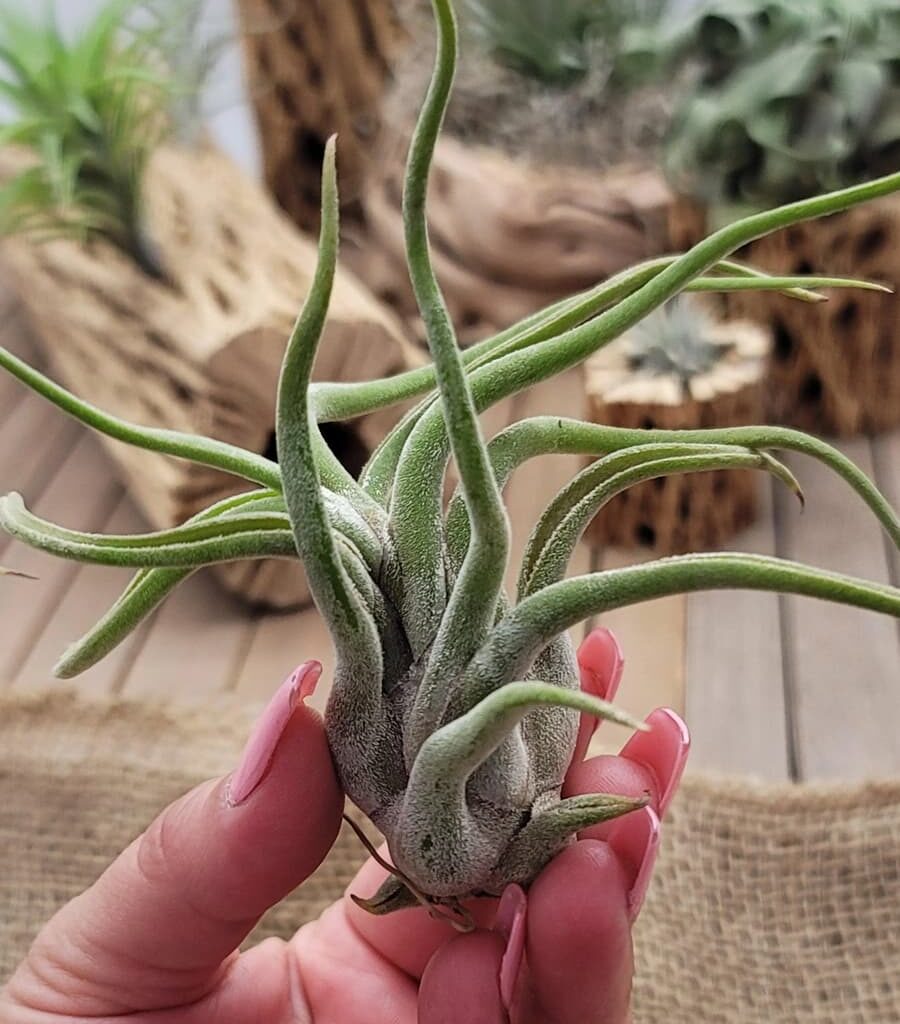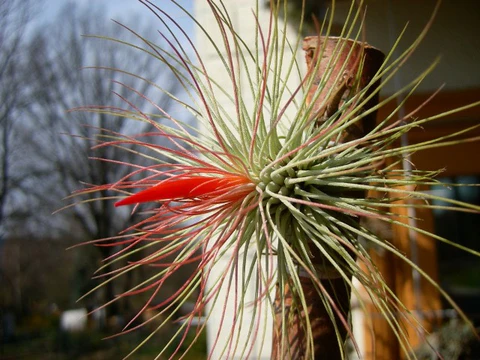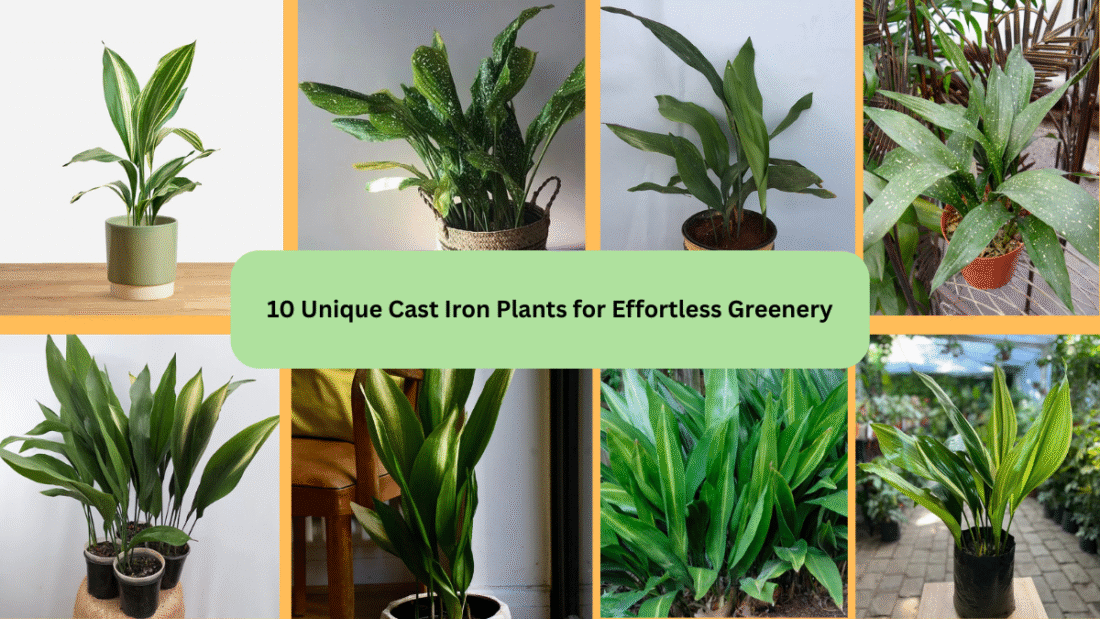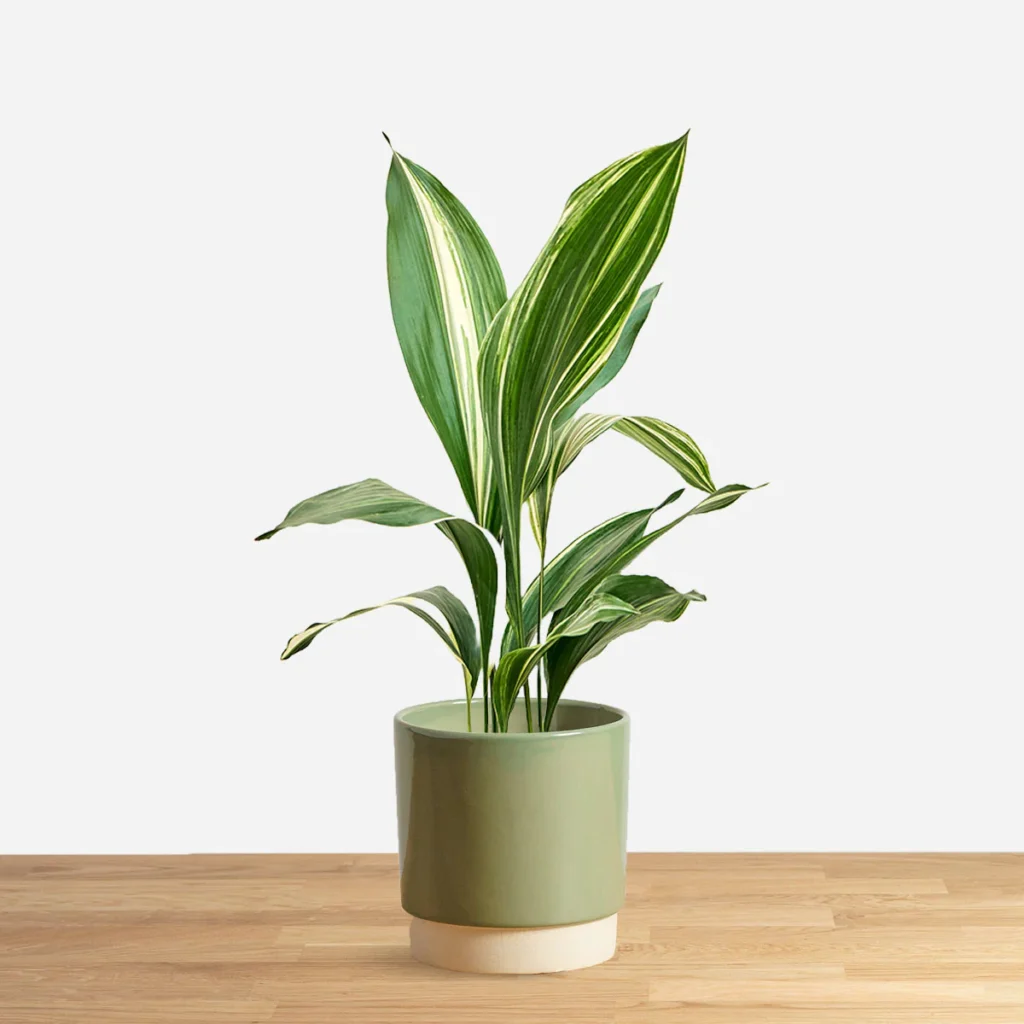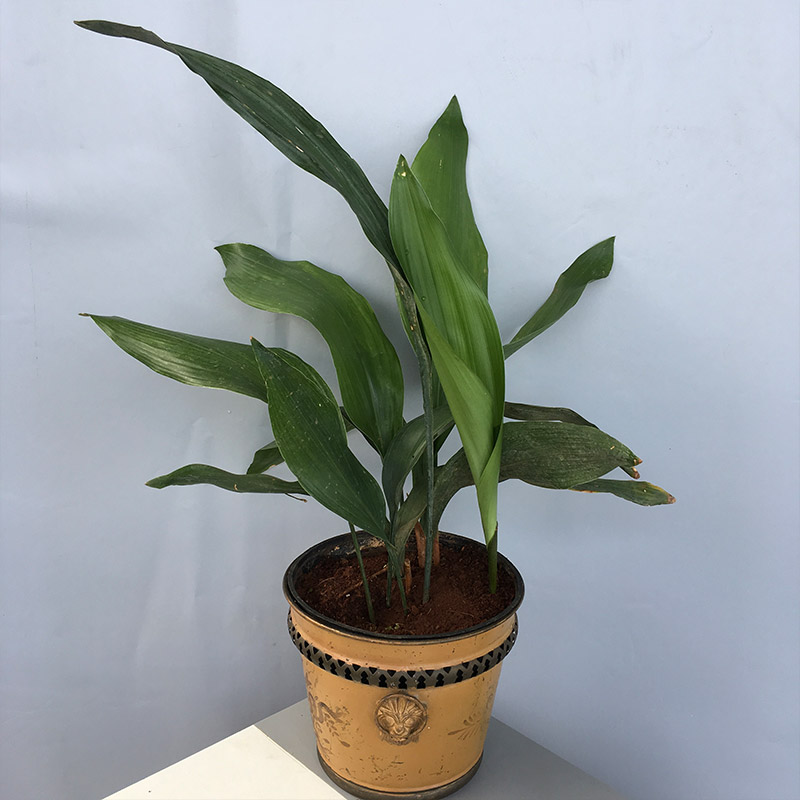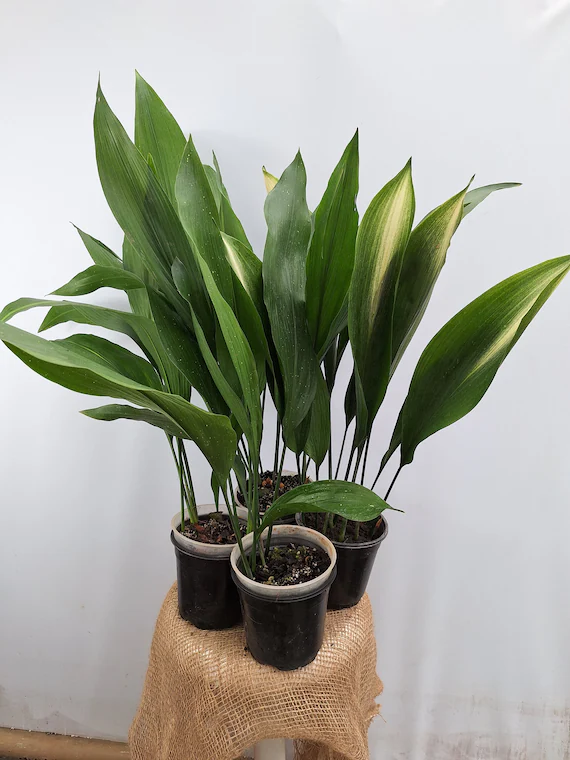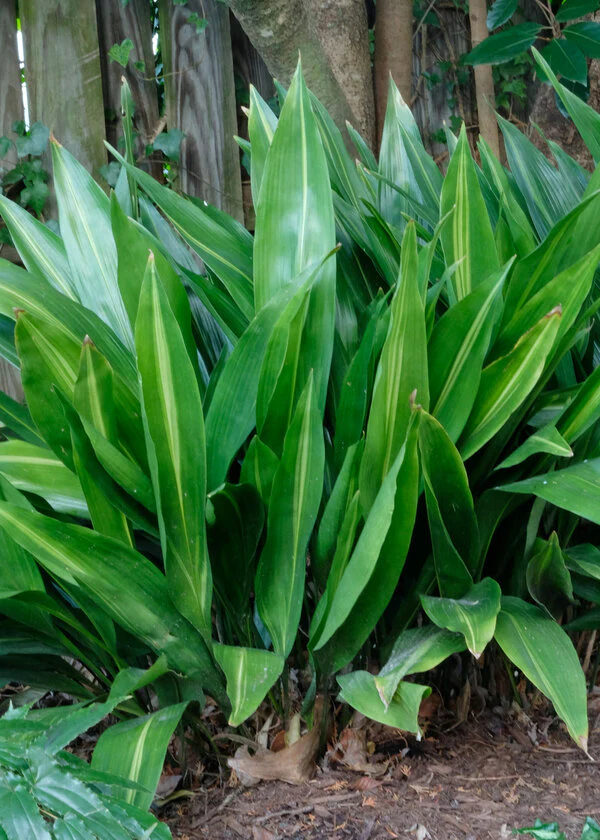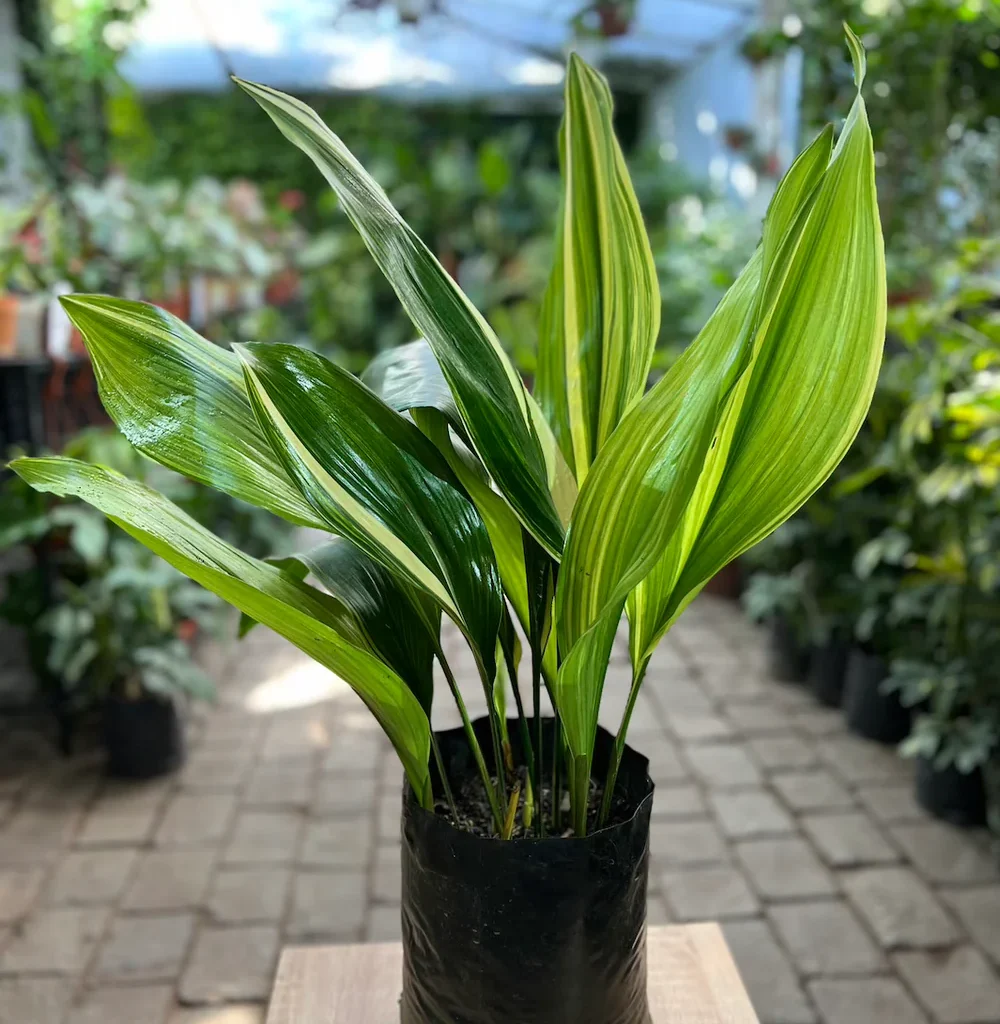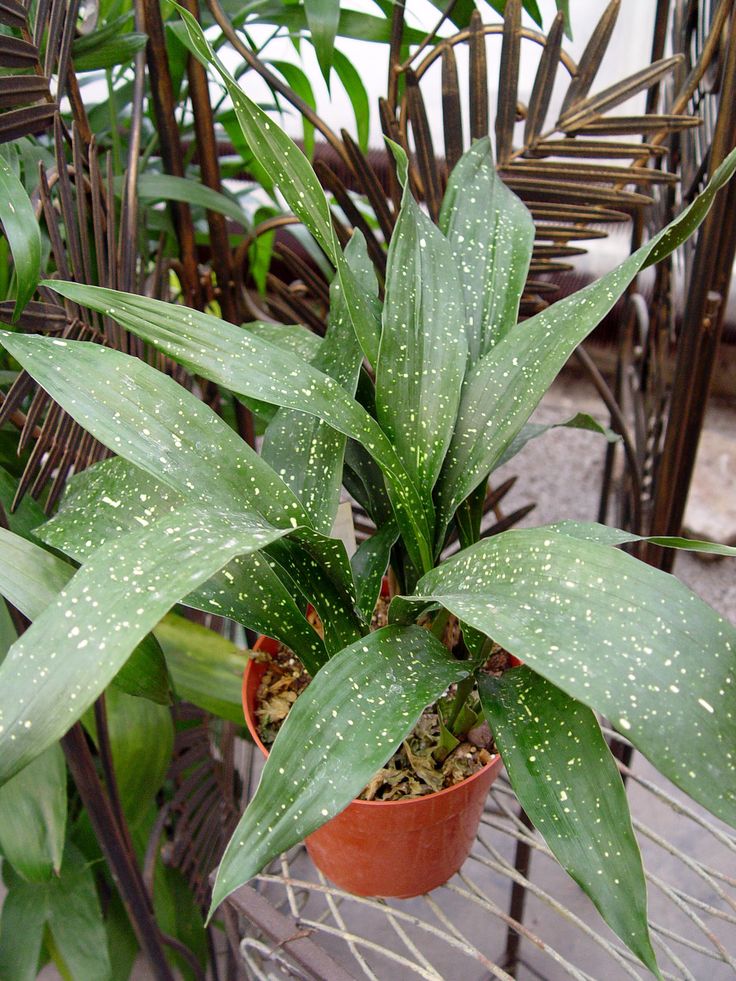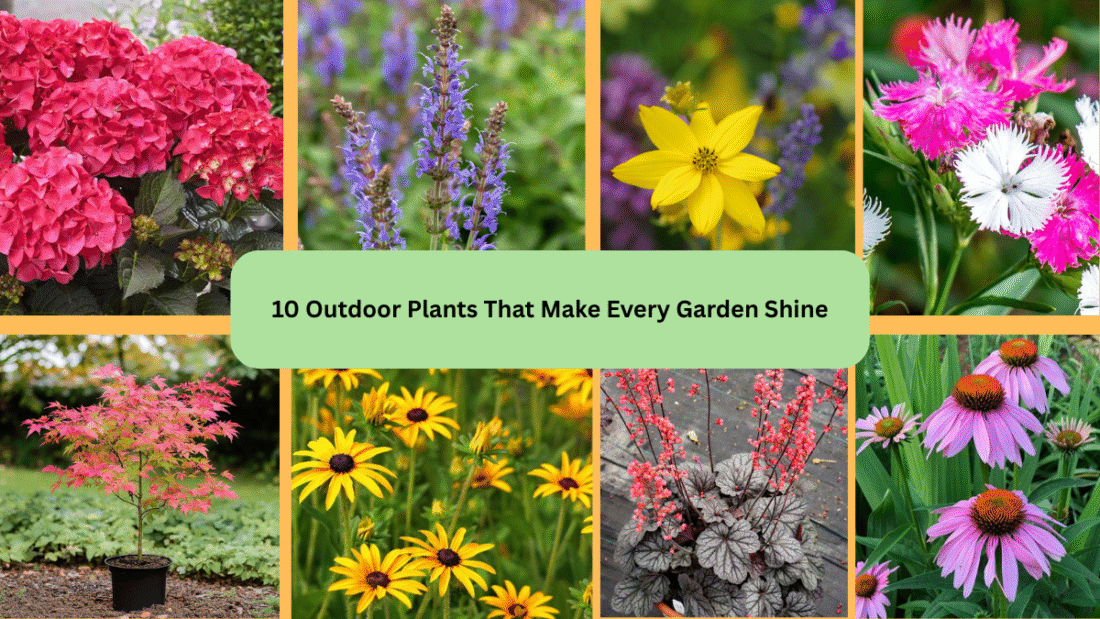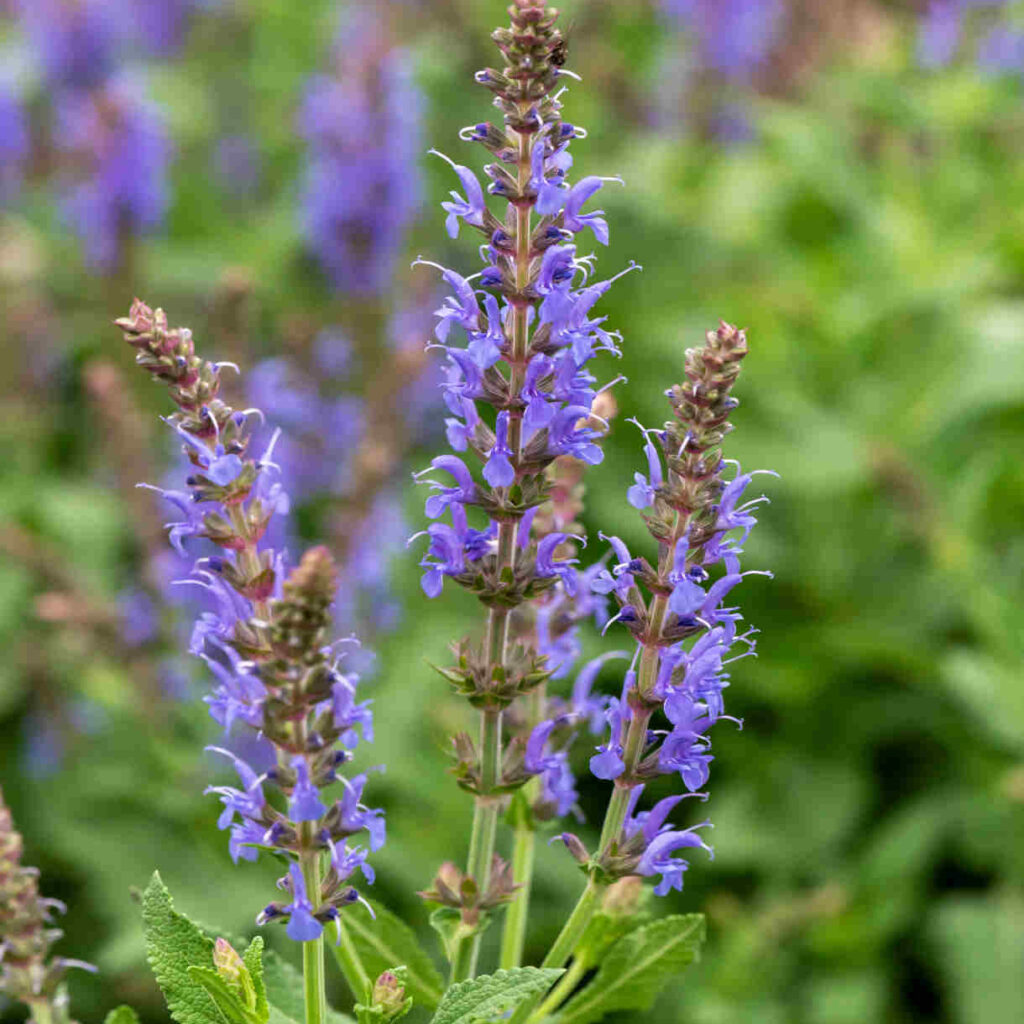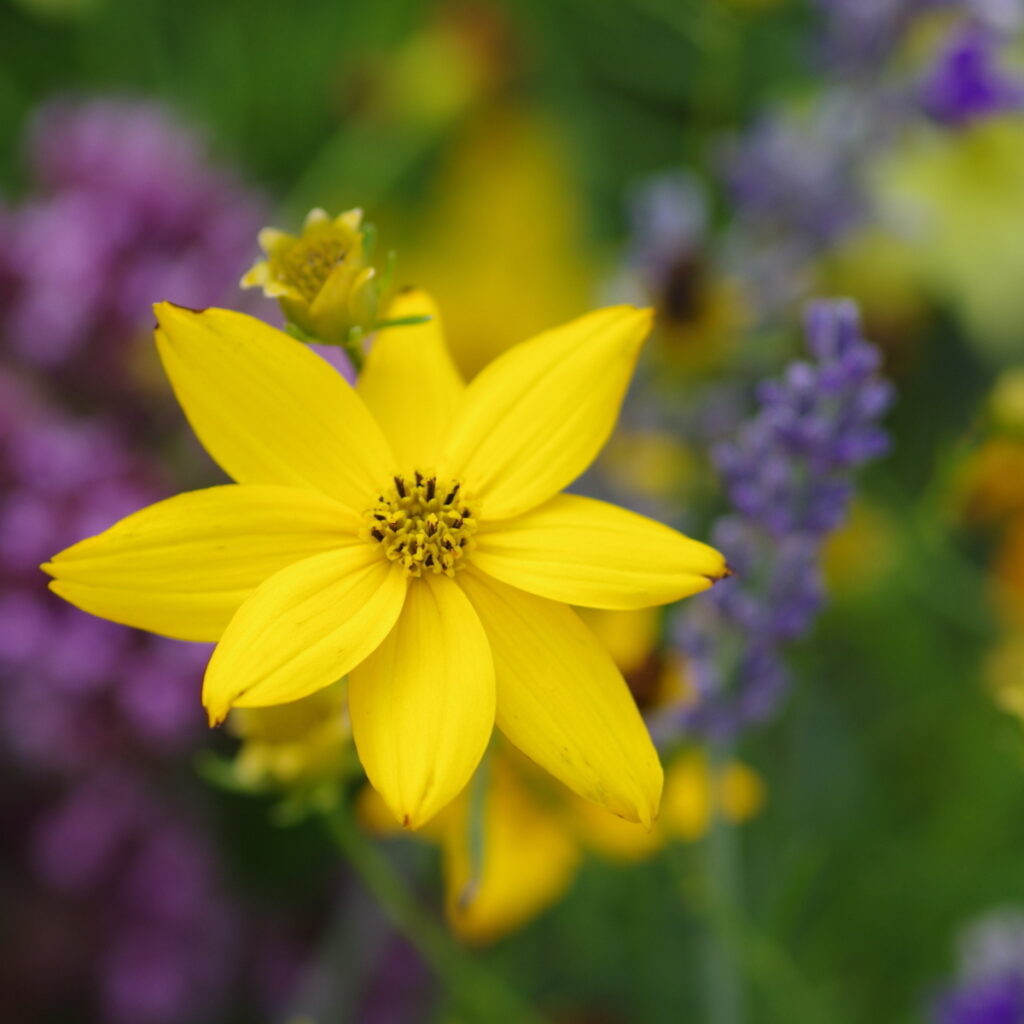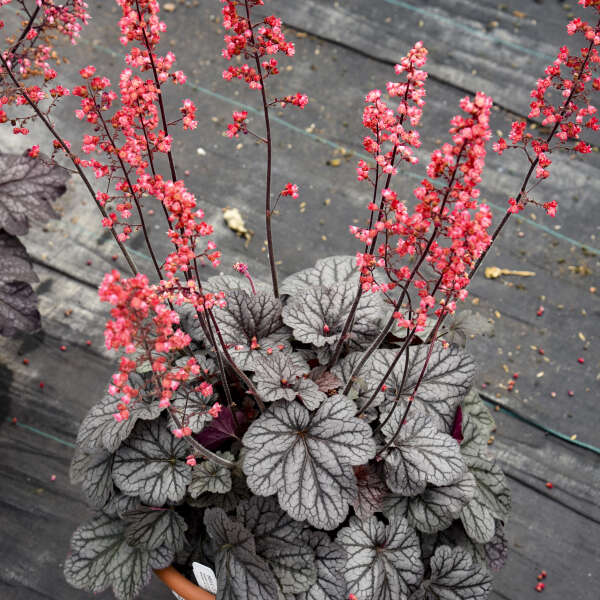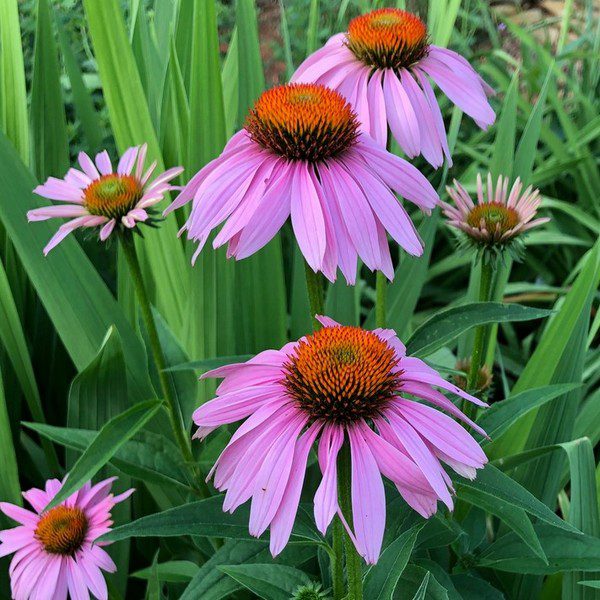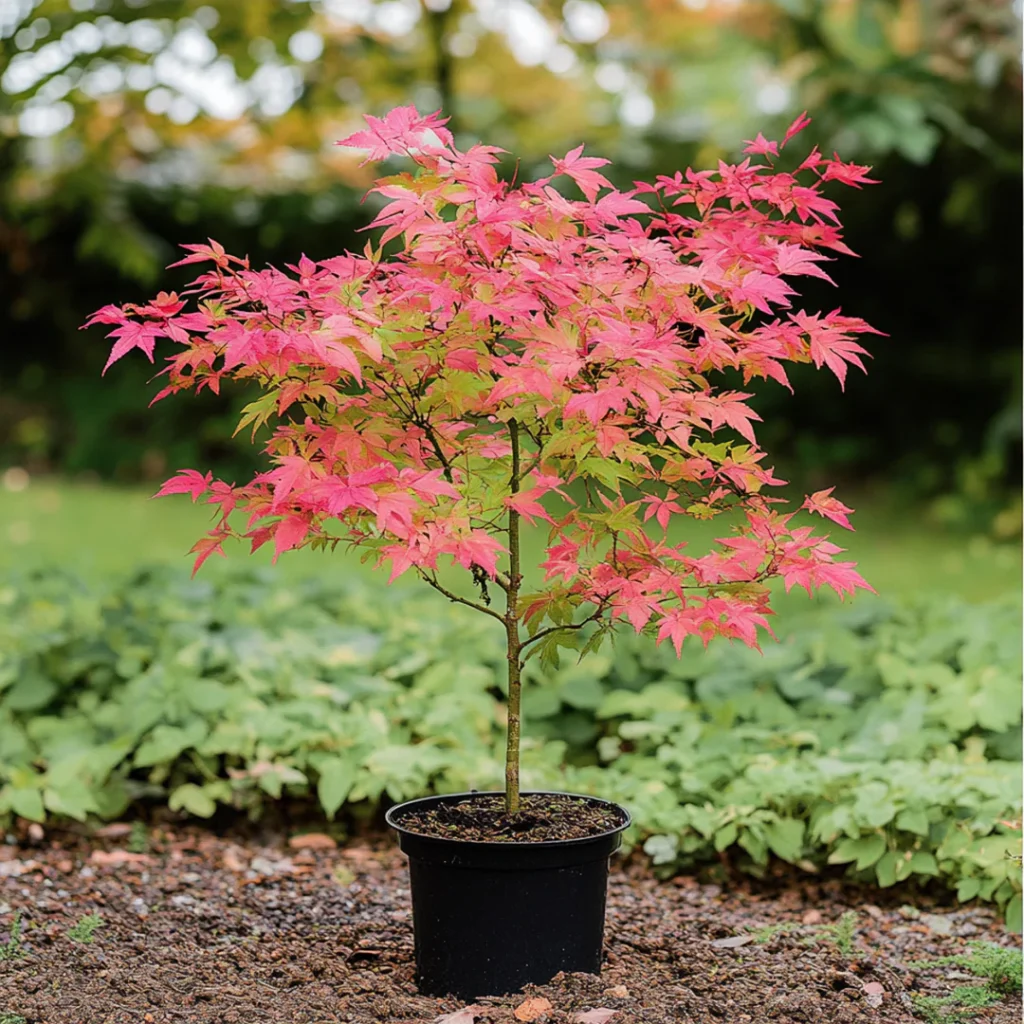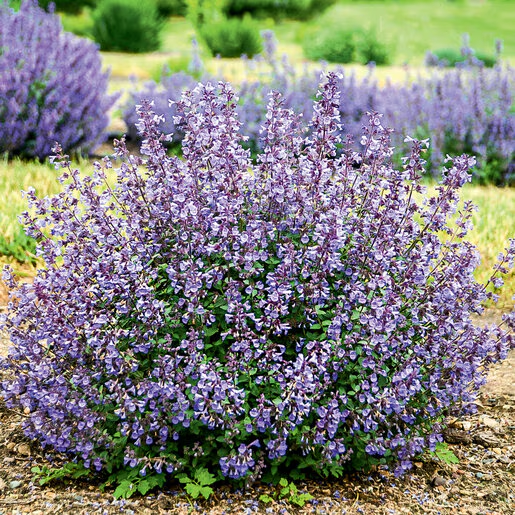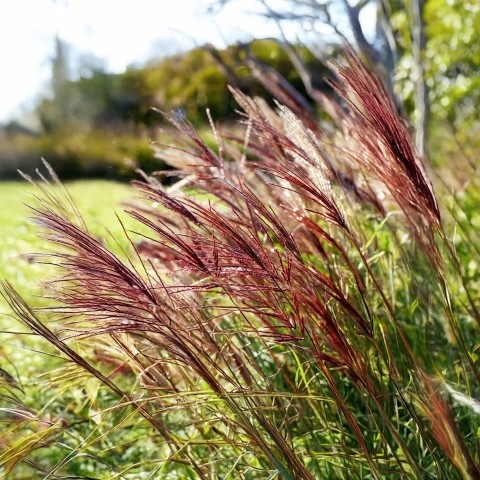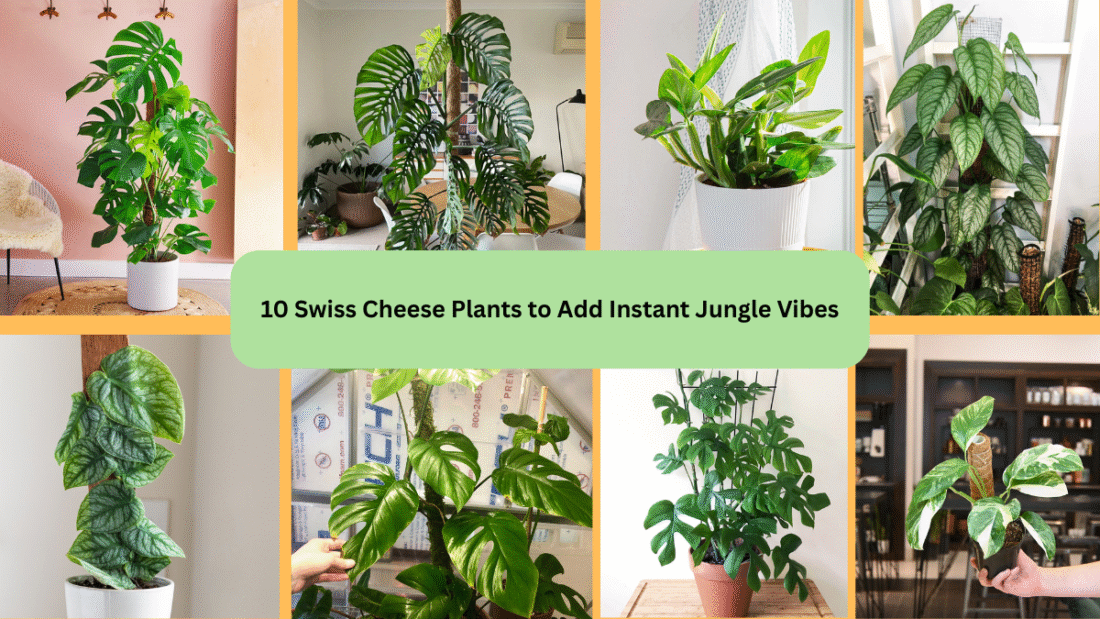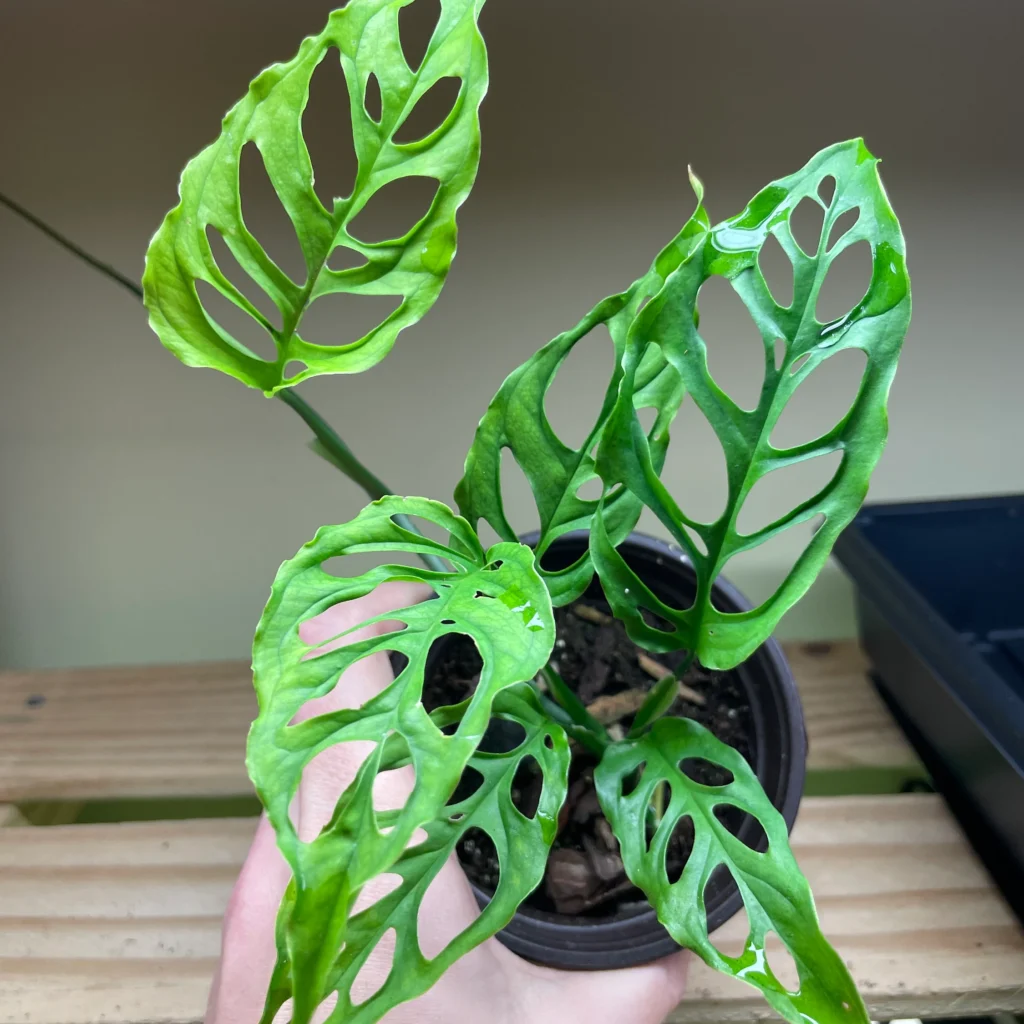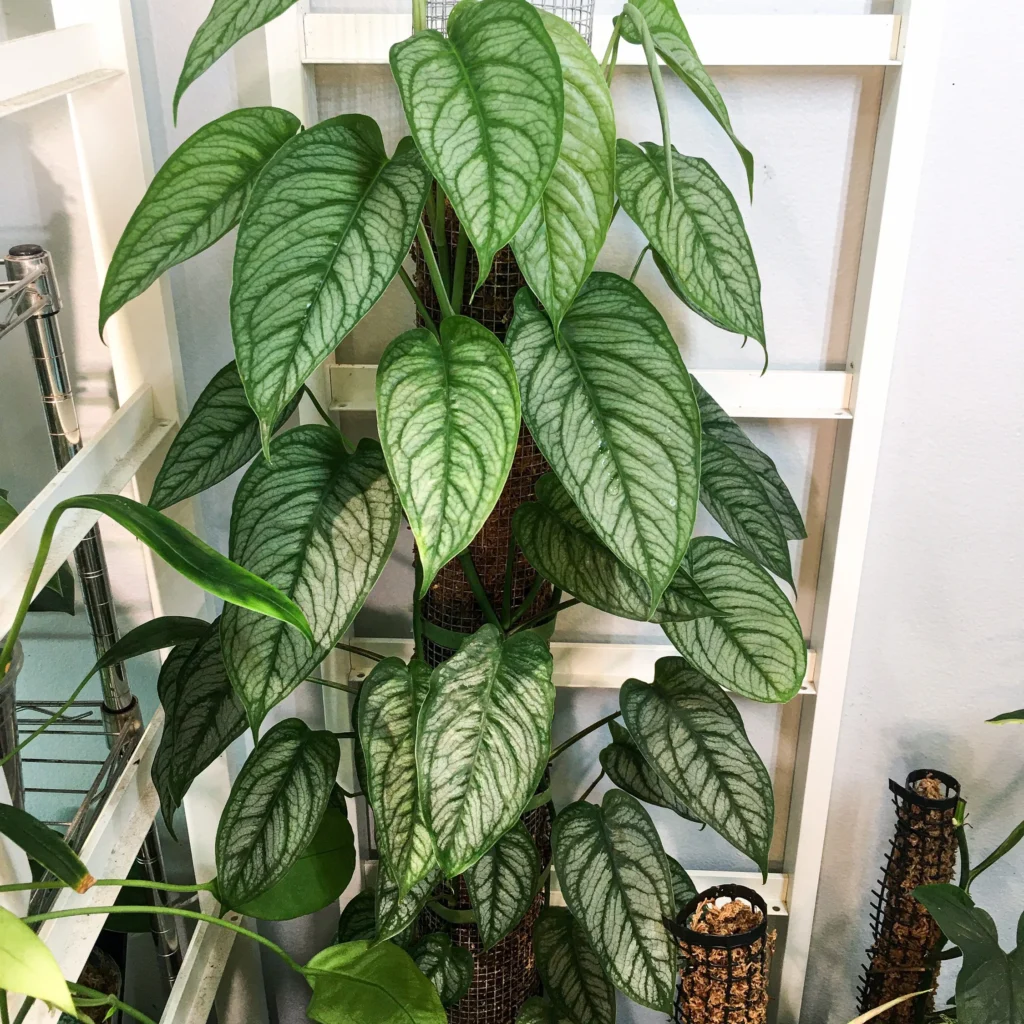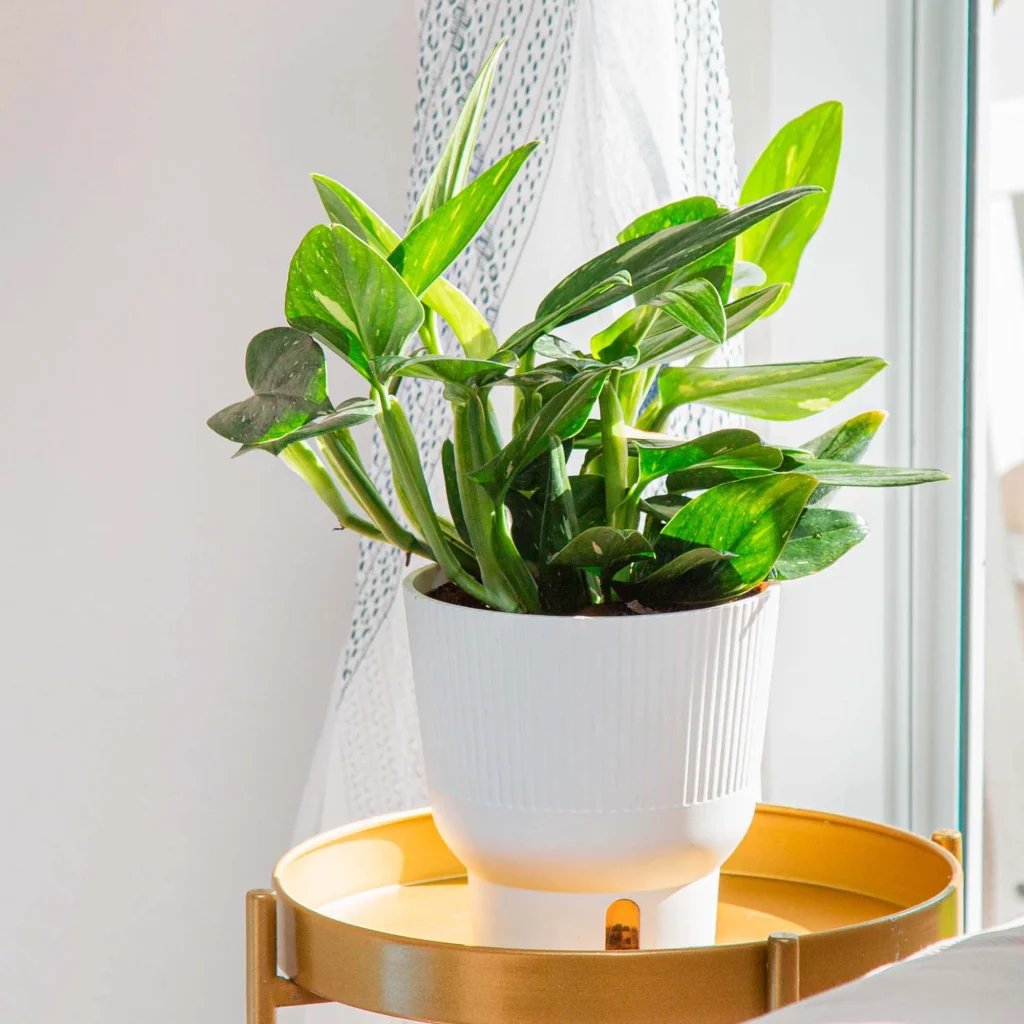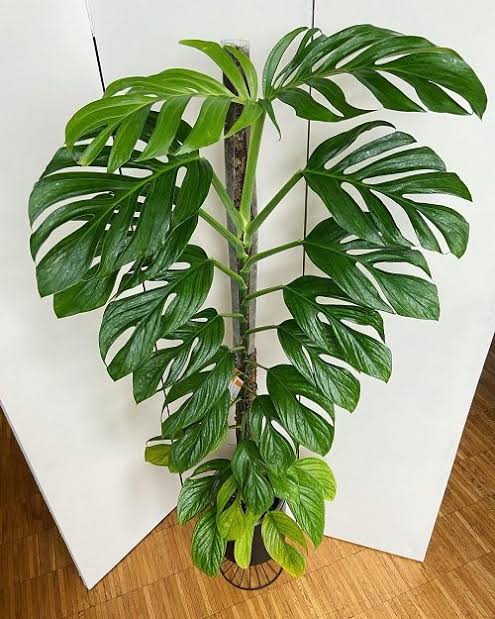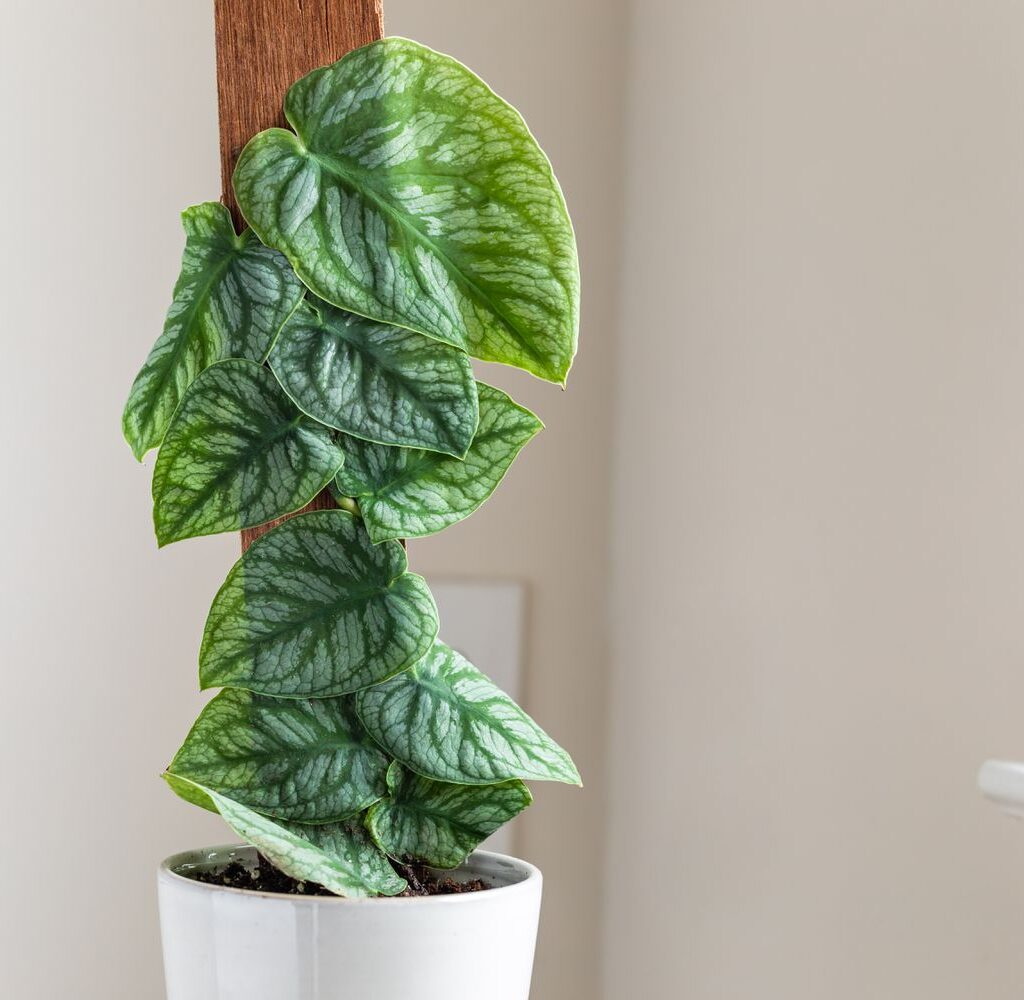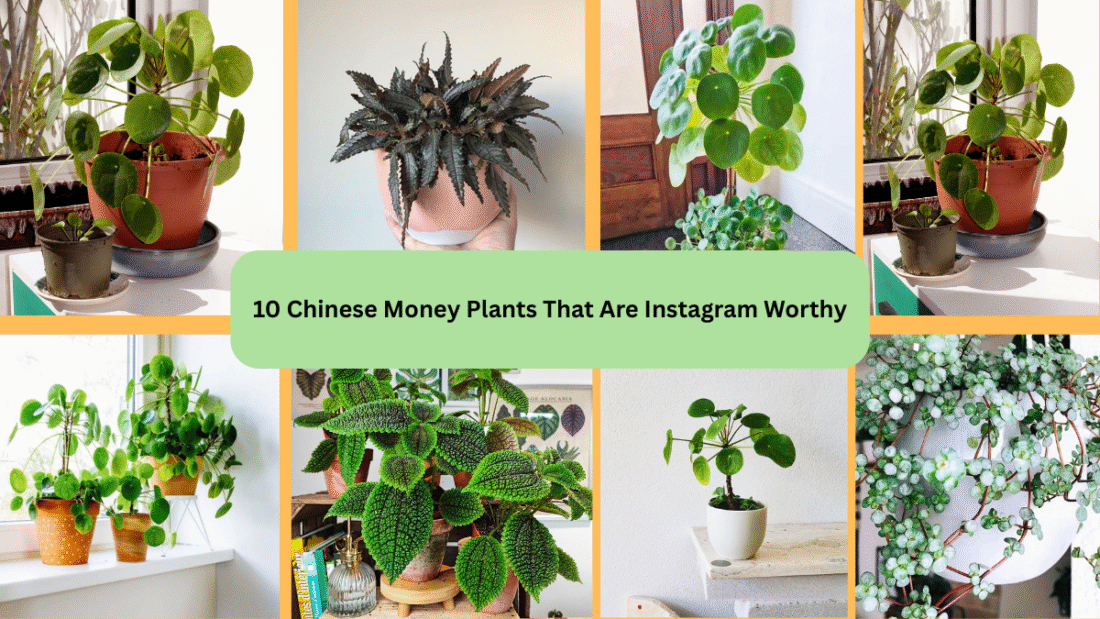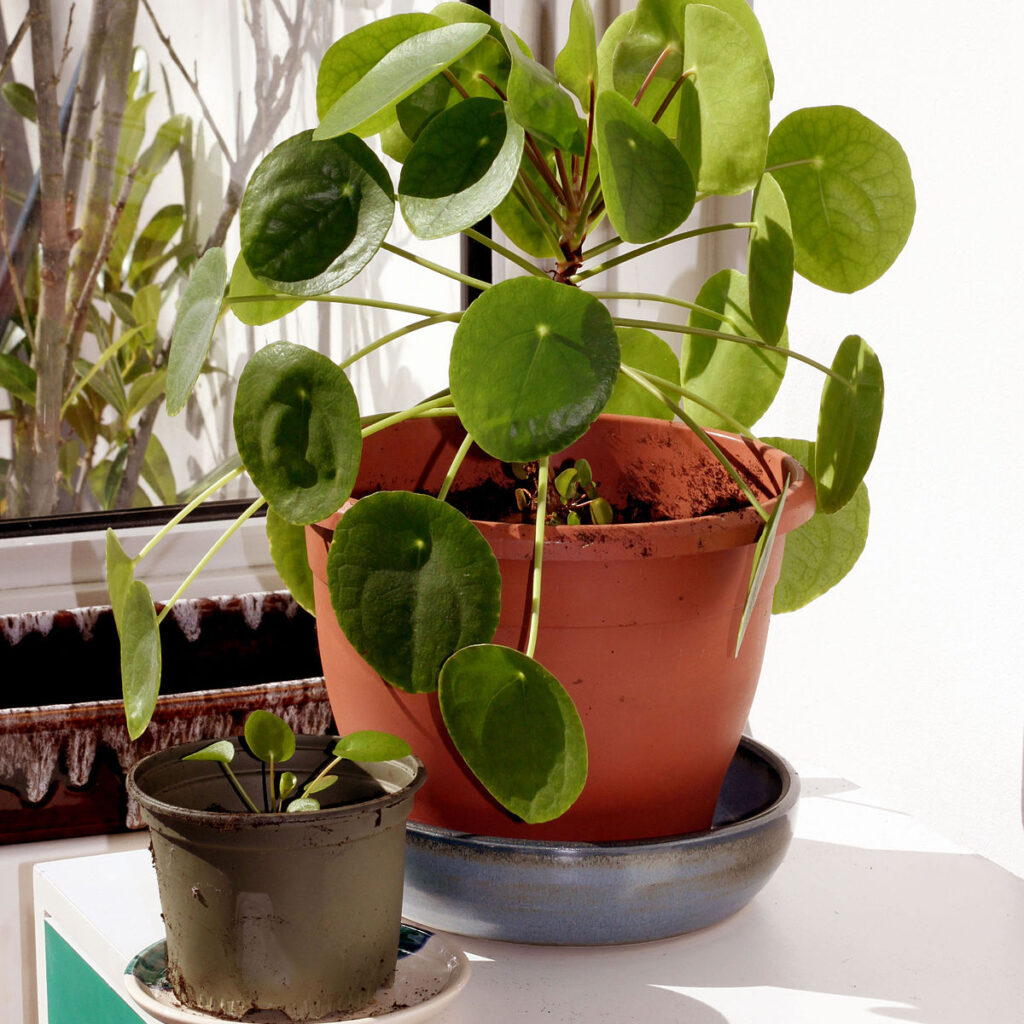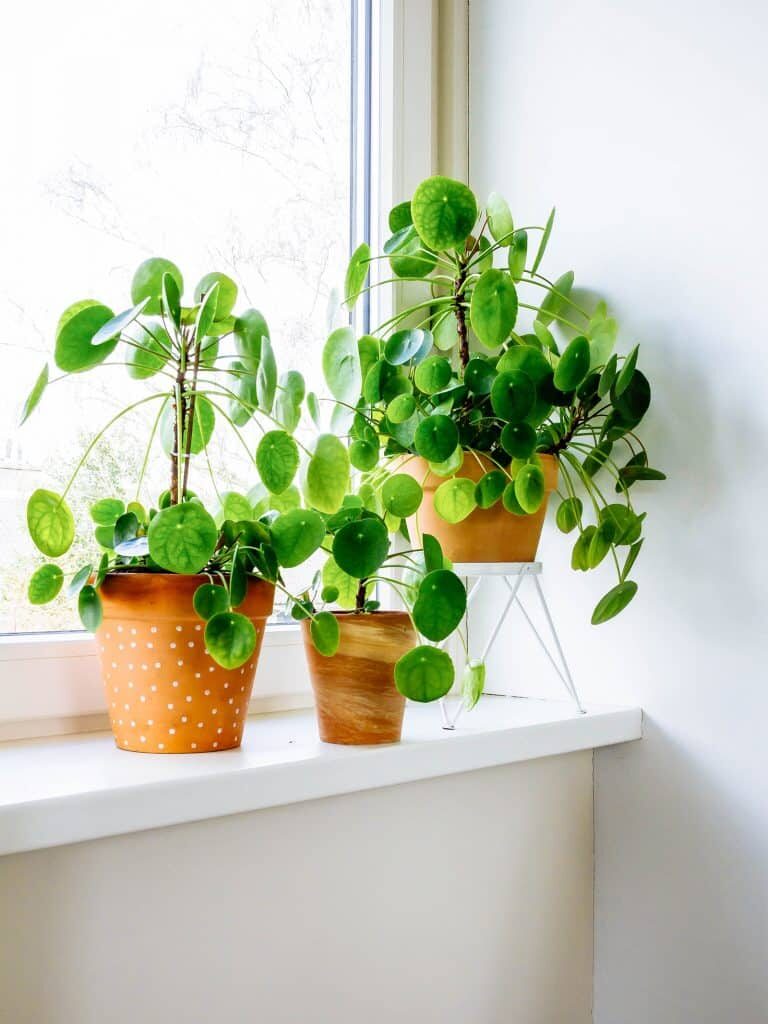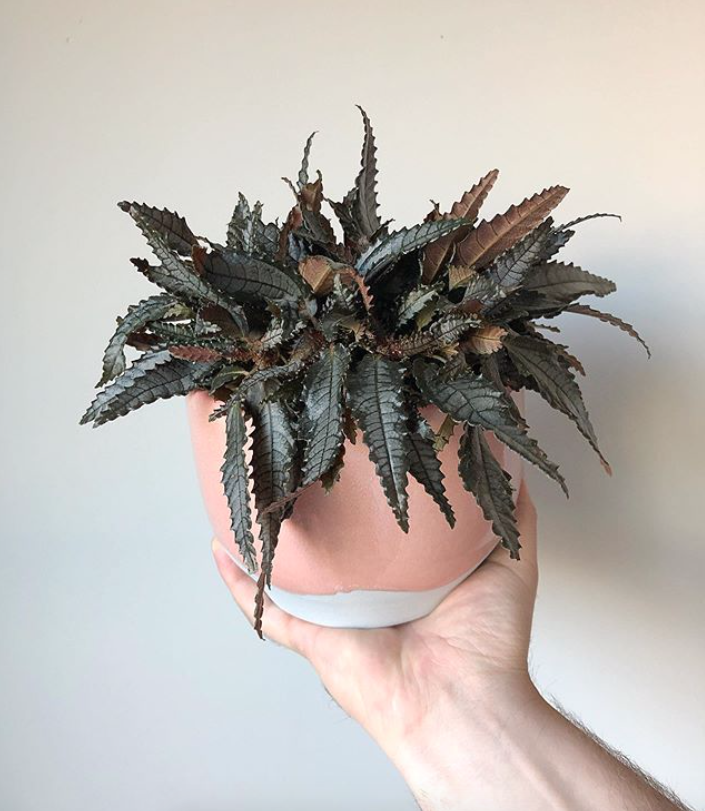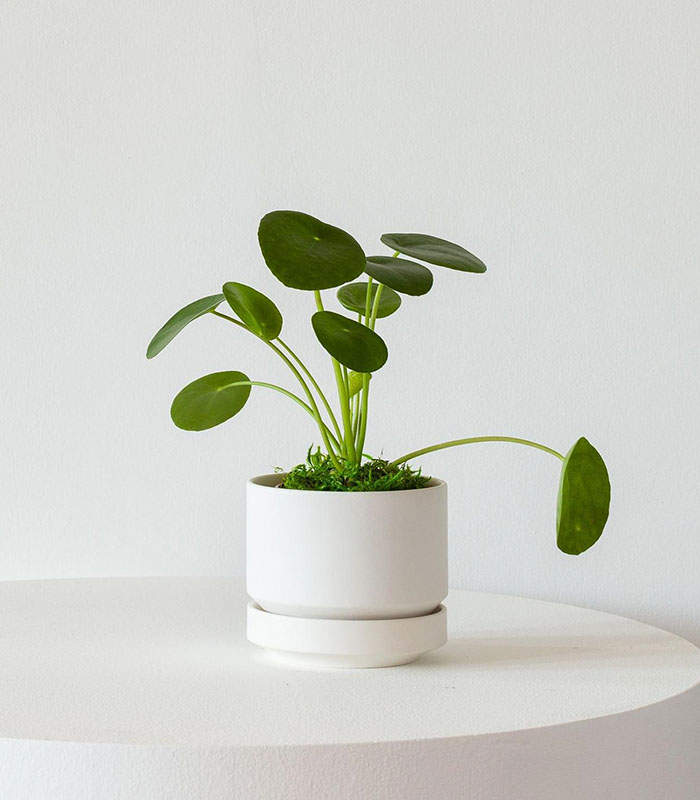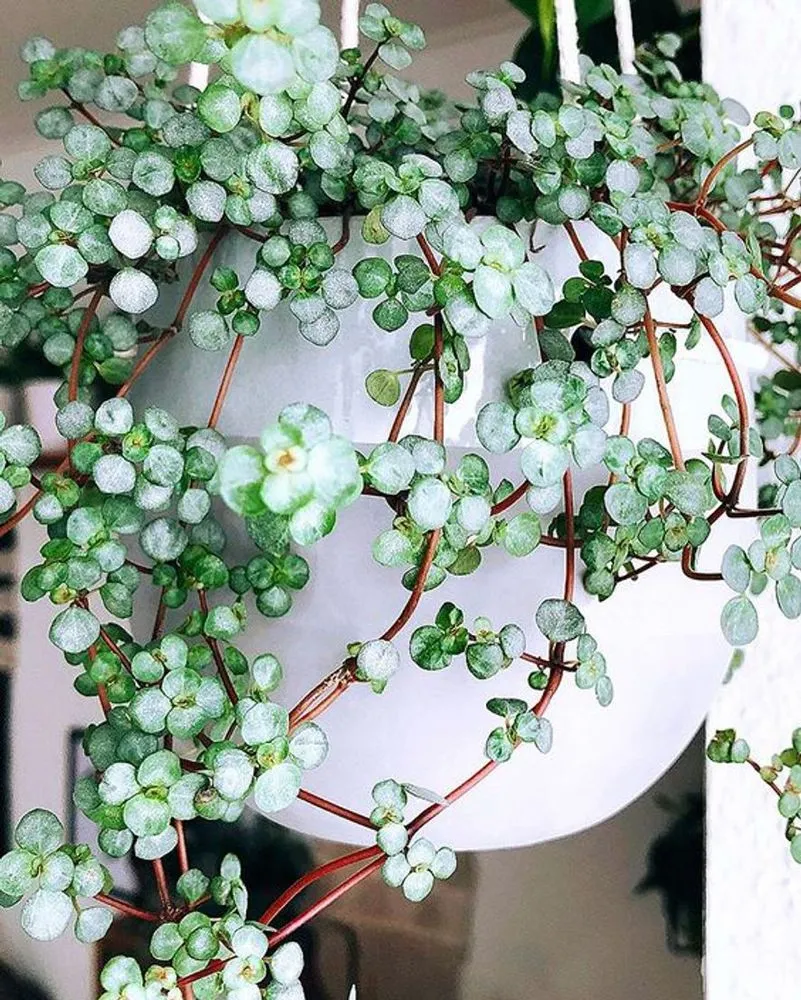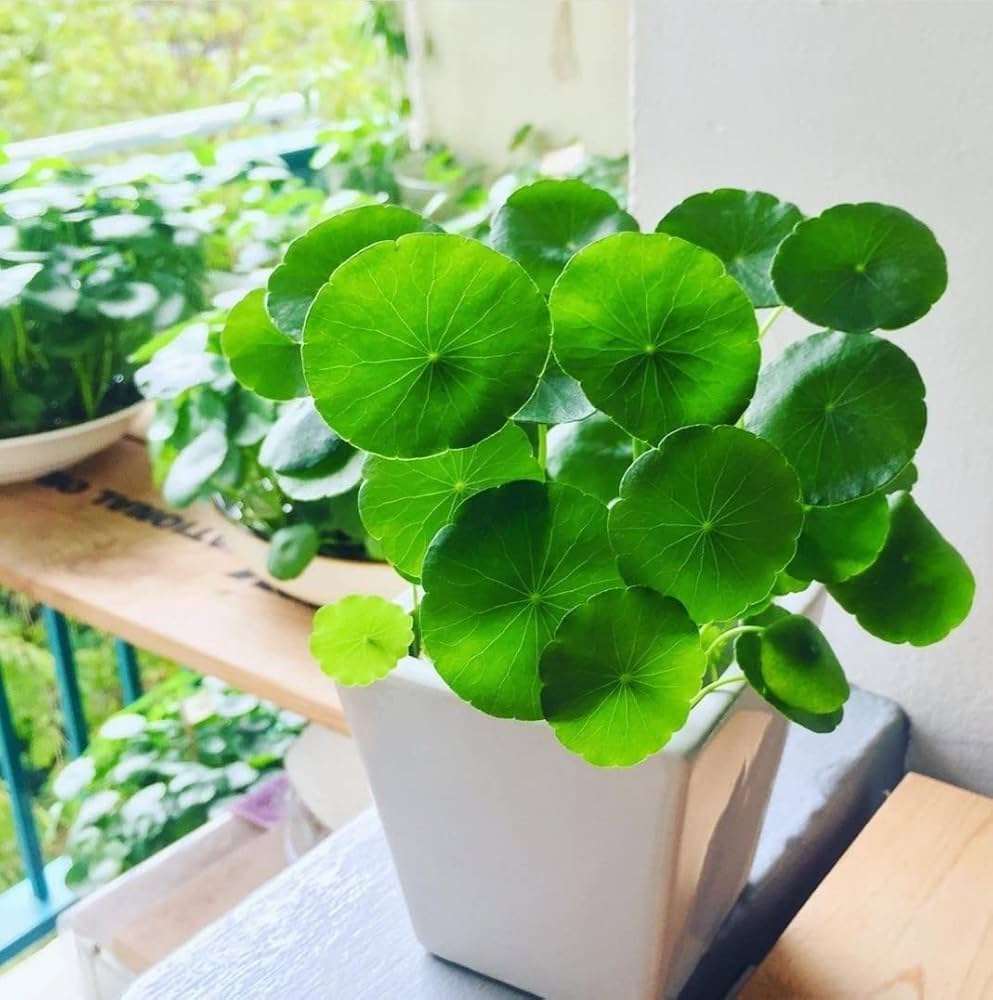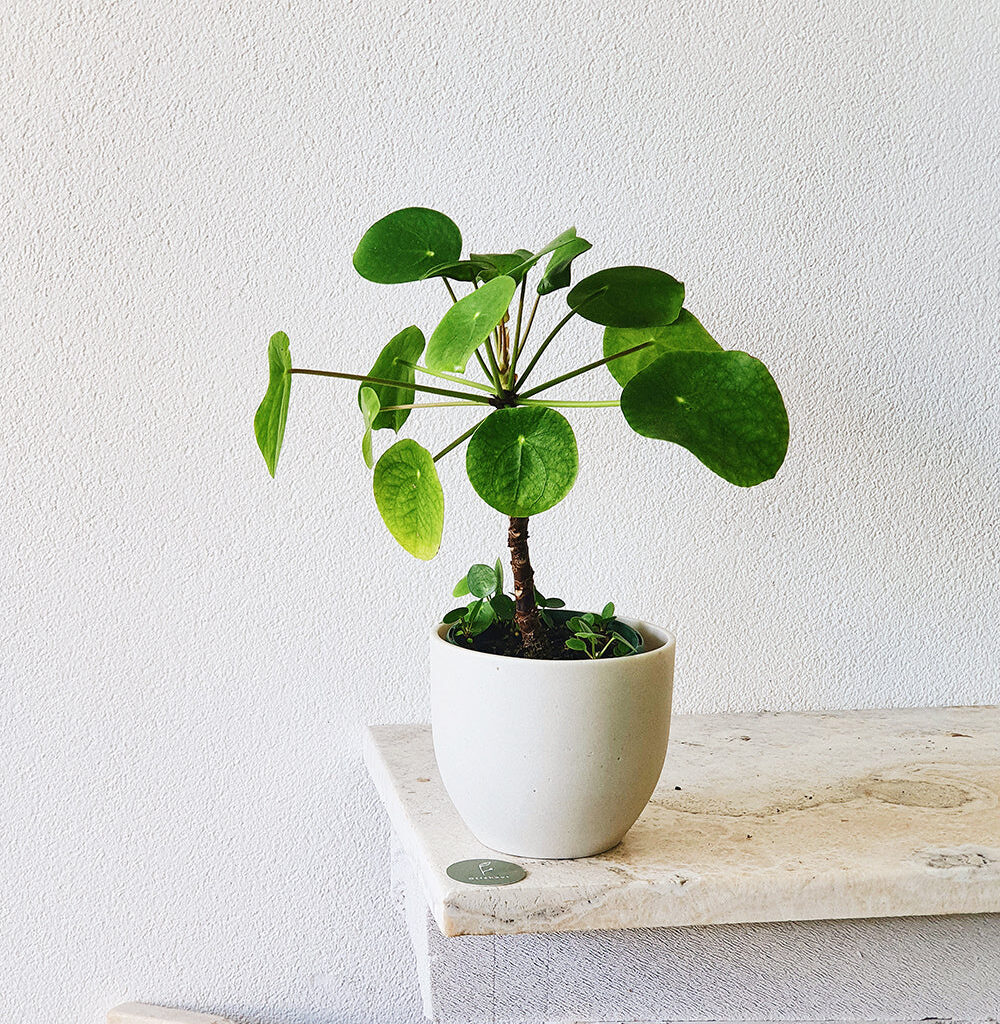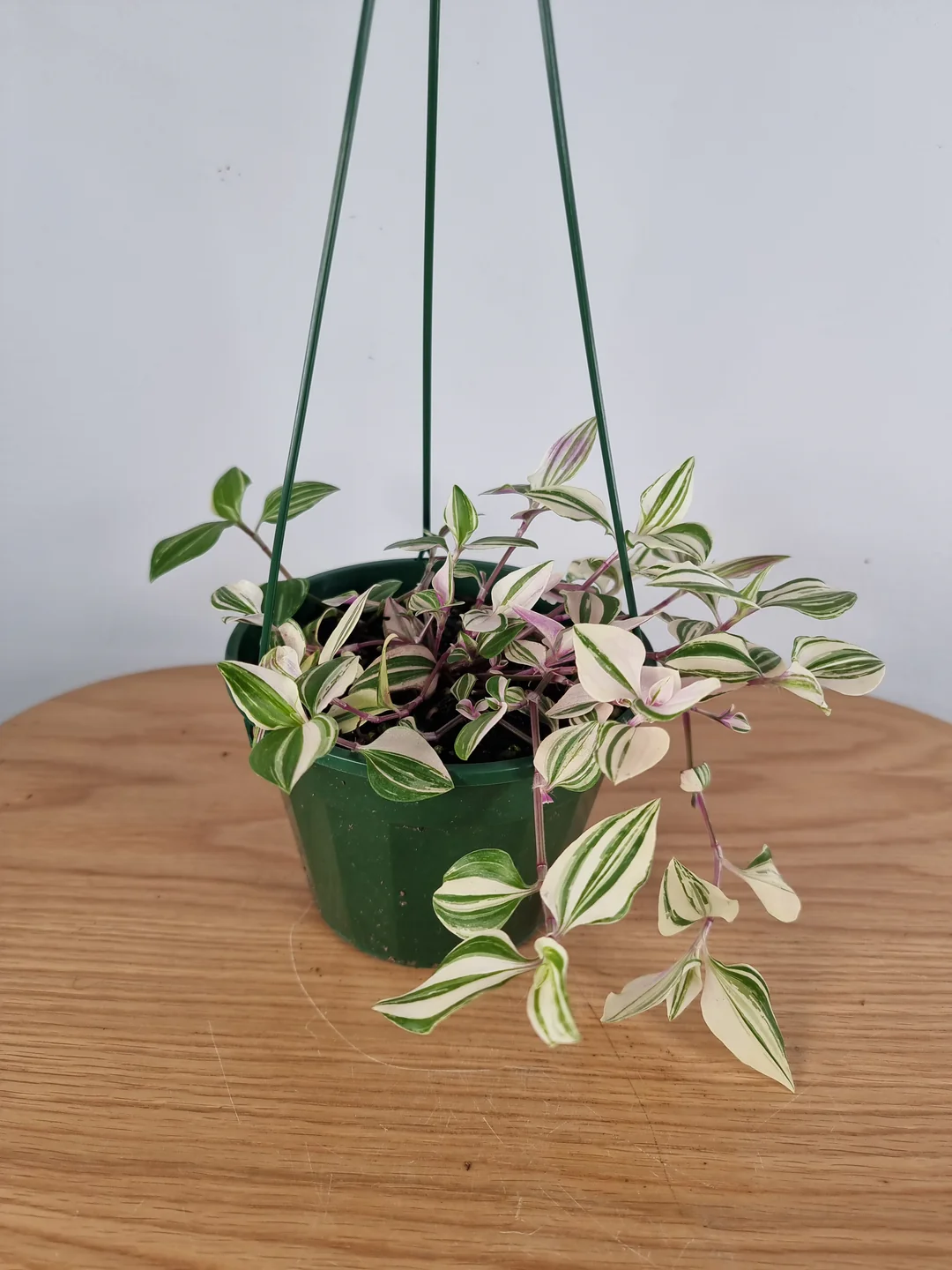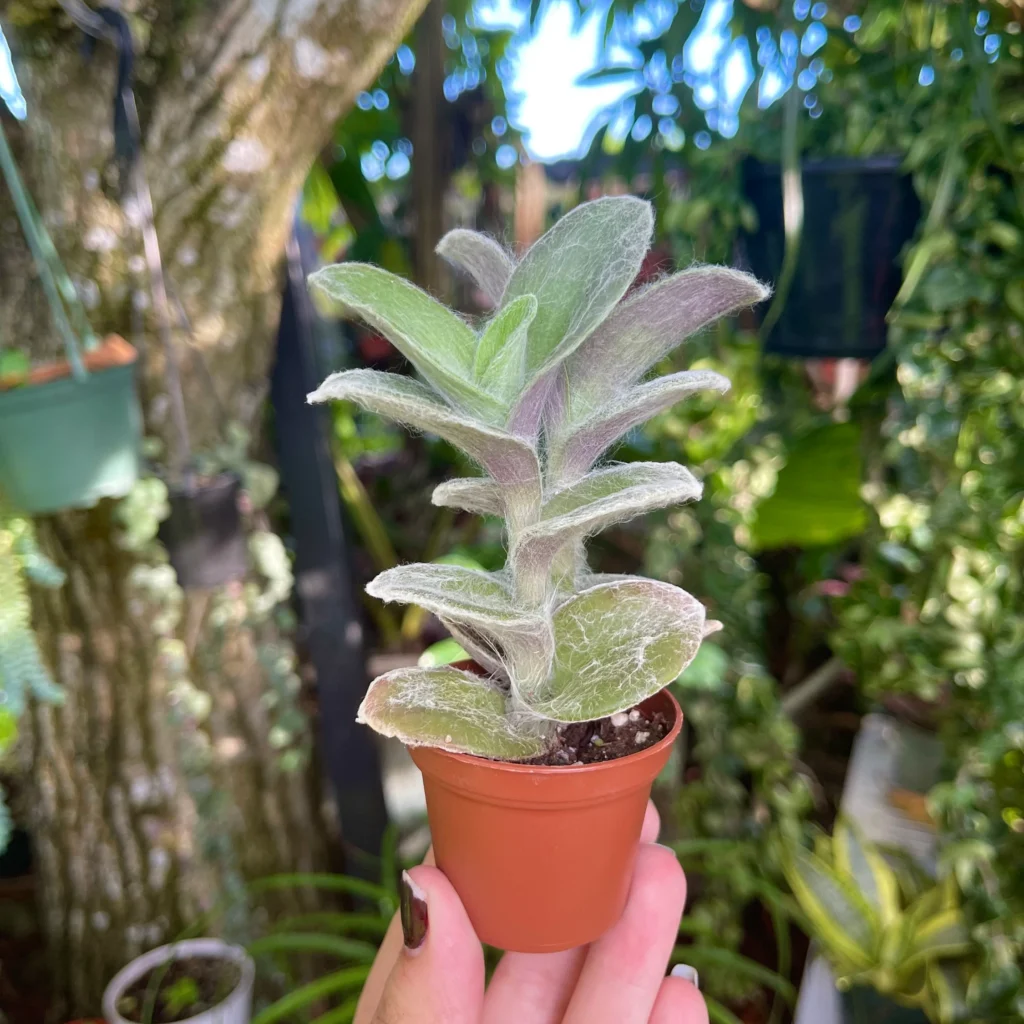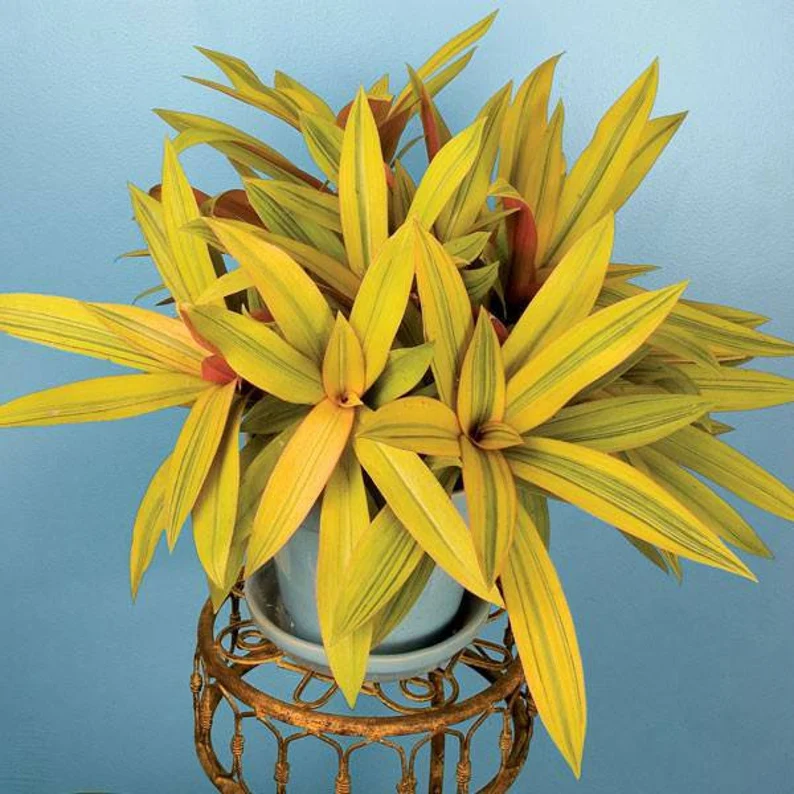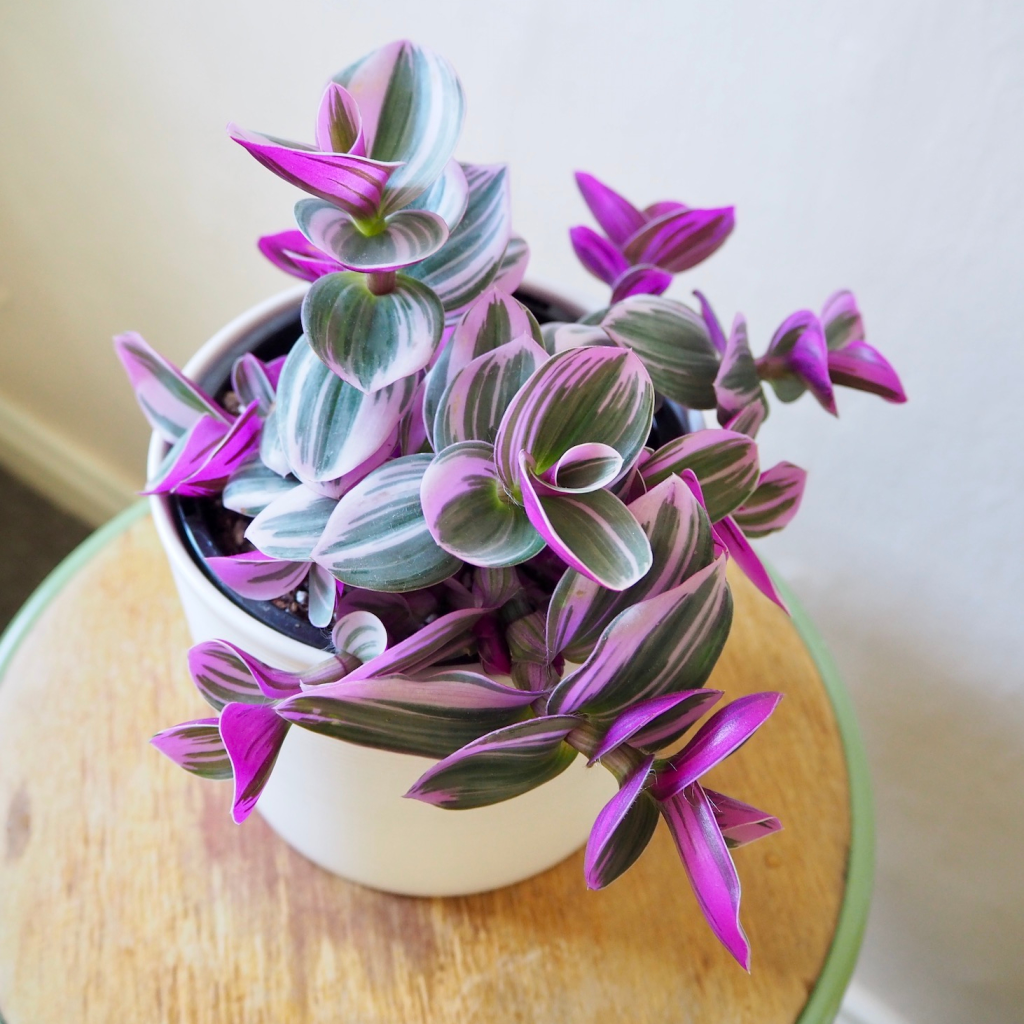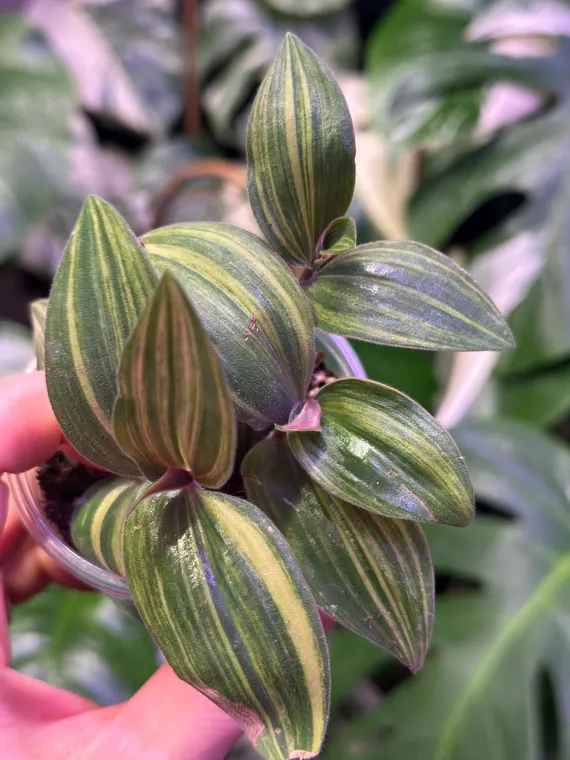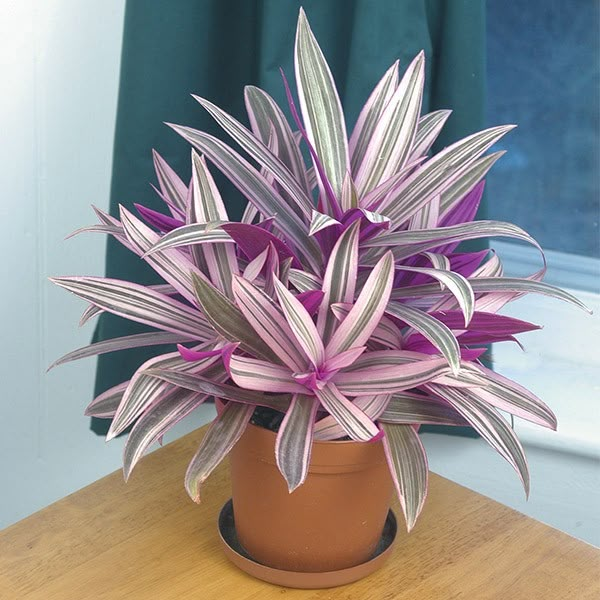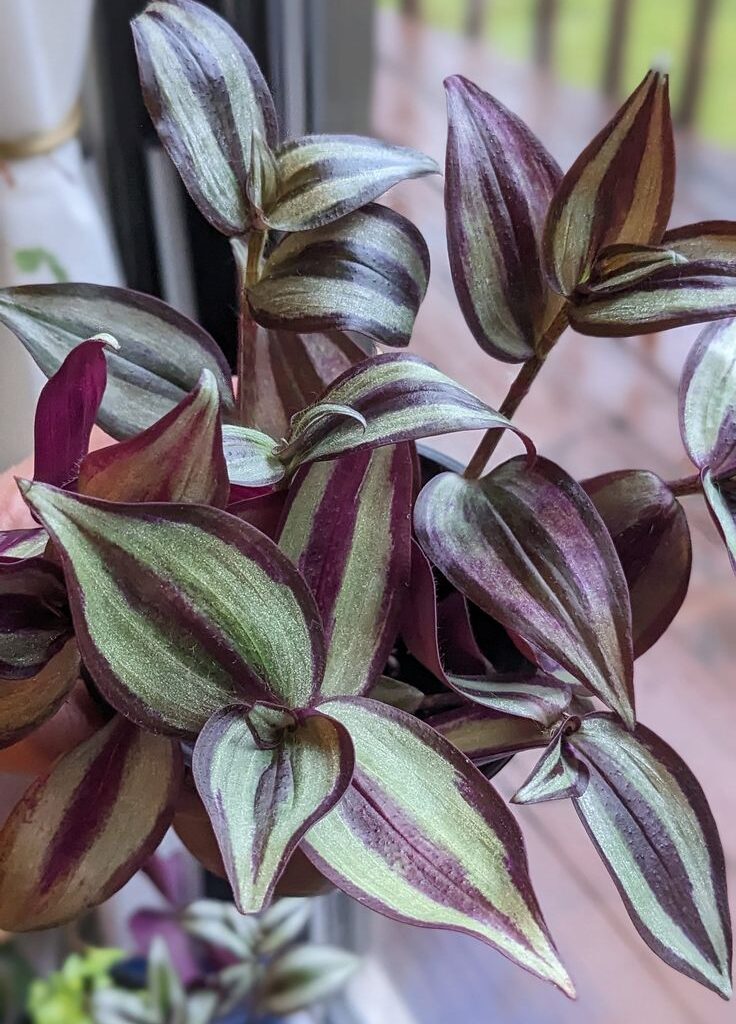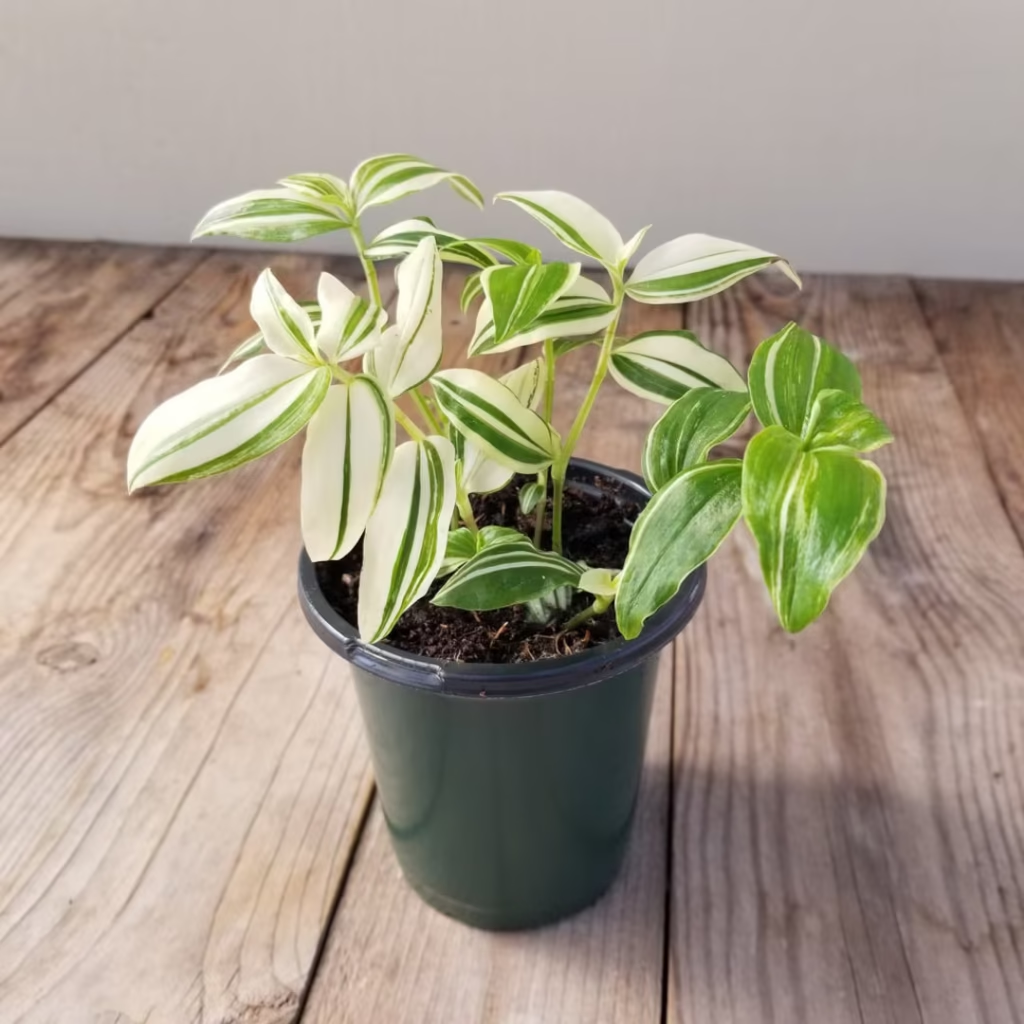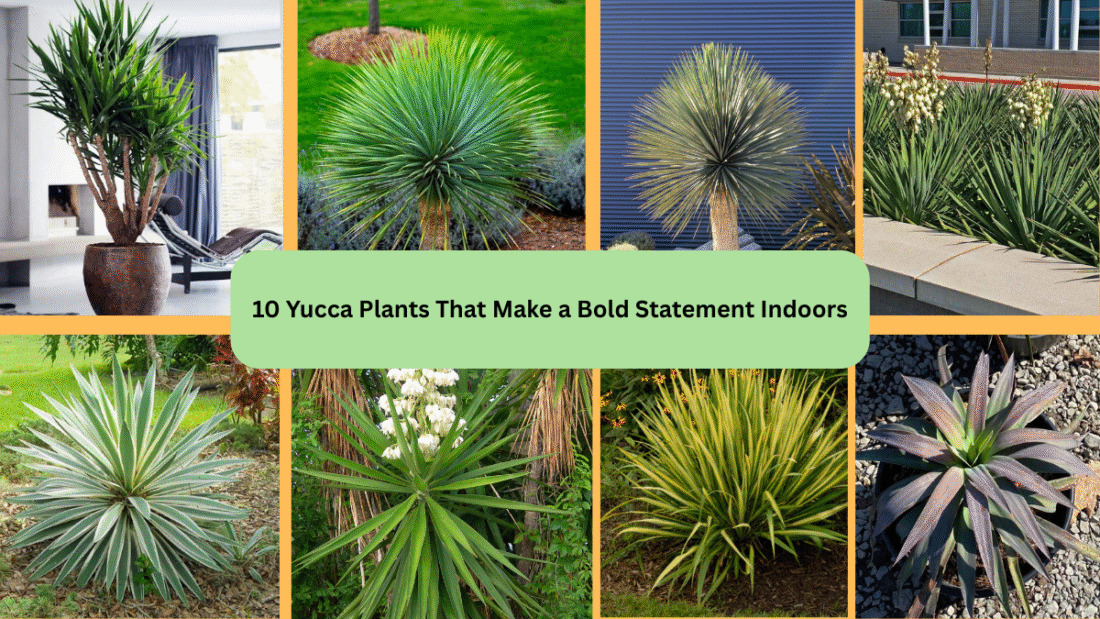Looking to add a lush carpet of color to your garden without the hassle of constant maintenance? Low-growing flowering perennials are the answer. These charming ground-huggers not only provide long-lasting blooms but also suppress weeds, reduce soil erosion, and create a cohesive, natural look in borders, pathways, rock gardens, and more. Perfect for sunny or shady spaces, these plants return year after year, offering dependable beauty right at your feet. Here are 10 stunning low-growing flowering perennials to bring your landscape to life.
1. Creeping Thyme (Thymus serpyllum)

Aromatic carpet with tiny, bee-loving blooms.
Creeping thyme is a fragrant, evergreen groundcover that forms a dense mat of tiny leaves and produces profuse pink or purple blooms in summer. It’s highly drought-tolerant, thrives in full sun, and can be planted between stepping stones, where it releases a pleasant scent when walked on. This low-maintenance perennial stays under 3 inches tall and attracts pollinators like bees and butterflies. Bonus: it’s deer-resistant and excellent for dry, poor soils.
2. Moss Phlox (Phlox subulata)

Spring explosion of color that hugs the ground.
Moss phlox is a spring-blooming groundcover that creates a vibrant floral carpet in shades of pink, purple, blue, and white. Growing only 4 to 6 inches tall, it’s perfect for edging borders, draping over walls, or covering slopes. It prefers full sun and well-drained soil, and once established, it’s tough and drought-tolerant. Moss phlox is not only beautiful but also attracts butterflies early in the season.
3. Candytuft (Iberis sempervirens)

Bright white blooms and evergreen foliage.
Candytuft is a semi-evergreen perennial that forms a low-growing mat, usually 6–12 inches tall. In spring, it bursts into clusters of white flowers that brighten up borders and rock gardens. After blooming, the glossy green foliage remains attractive throughout the year. It prefers full sun and well-drained soil and is highly drought-tolerant. Candytuft adds a classic, clean look to gardens and makes an excellent companion to tulips and other spring bulbs.
4. Blue Star Creeper (Isotoma fluviatilis)

Soft blue flowers that weave through the garden.
Blue star creeper is a delicate-looking yet tough groundcover that forms a lush green mat sprinkled with tiny blue star-like flowers from spring through summer. Only 2–4 inches tall, it’s ideal for planting between pavers or as a lawn alternative. It thrives in full sun to partial shade and can tolerate some foot traffic. Once established, it spreads quickly and requires minimal maintenance, making it a favorite for whimsical pathways and shady spots.
5. Snow-in-Summer (Cerastium tomentosum)

Silvery foliage and clouds of white flowers.
Snow-in-summer is named for its dazzling display of white blooms that appear in late spring to early summer. Its fuzzy, silver-gray foliage creates an eye-catching contrast even when not in bloom. Growing just 6 inches tall, it’s ideal for rock gardens, sunny slopes, or edging. It thrives in dry, poor soil and full sun, making it a superb choice for hot, tough spots. This fast-spreading plant also suppresses weeds effectively.
6. Ajuga (Ajuga reptans)

Glossy leaves and vibrant spikes of blue.
Ajuga, or bugleweed, is a shade-loving groundcover that spreads rapidly with colorful foliage and short spikes of deep blue, purple, or pink flowers in spring. It forms a dense mat just 4–6 inches high, with leaf colors ranging from bronze to variegated. Ajuga works wonderfully under trees, in shaded borders, or in mixed containers. It’s low-maintenance, deer-resistant, and ideal for suppressing weeds in challenging shady spaces.
7. Dianthus (Dianthus gratianopolitanus)

Fragrant and compact with ruffled charm.
Often called “pinks,” low-growing dianthus produces delightful clove-scented flowers in pink, red, or white. Staying under 8 inches tall, it’s perfect for edging sunny beds or filling in rocky crevices. It prefers well-drained soil and full sun and will bloom repeatedly with regular deadheading. The bluish-green foliage forms neat mounds that look good even when the plant isn’t in flower. Bees and butterflies adore its sweetly fragrant blooms.
8. Helianthemum (Helianthemum nummularium) – Rock Rose

Bright, sun-loving blooms that dance over silvery foliage.
Rock rose is a sun-loving, drought-tolerant perennial that forms a low mound of silvery or green foliage topped with vibrant blooms in orange, yellow, red, or pink. It blooms profusely in late spring and early summer, and while each flower only lasts a day, the plant produces many buds for a long show. Growing to about 6–12 inches tall, it’s ideal for rock gardens, sunny slopes, and containers.
9. Coreopsis ‘Nana’ (Coreopsis auriculata ‘Nana’)

Golden groundcover that keeps on blooming.
A dwarf form of coreopsis, ‘Nana’ grows only about 6–10 inches tall but blooms abundantly with golden-yellow daisy-like flowers in late spring and early summer. It forms a spreading mat of green foliage and is excellent for sunny edges, borders, and slopes. It’s heat- and drought-tolerant, loved by pollinators, and easy to divide and propagate. It creates a cheerful, low-maintenance splash of color that returns reliably each year.
10. Veronica ‘Georgia Blue’ (Veronica peduncularis)

Brilliant blue blooms that shimmer like sky.
This gorgeous ground-hugger produces a flurry of cobalt-blue flowers in early spring, often before other plants have even started to leaf out. ‘Georgia Blue’ stays under 6 inches tall and creates a lush green mat that turns bronze in cooler months, offering seasonal interest even when not in bloom. It’s adaptable to full sun or part shade and is excellent for borders, slopes, or cascading over retaining walls.






